Bali Pulina agro tourism in Ubud is a must!
Located near the famous rice terraces of Ubud in central Bali, Indonesia is Bali Pulina, an agro tourism attraction that I highly recommend. The only reason my friend and I discovered Bali Pulina was due to our conscientious taxi driving tour guide we hired for the day. By the way, while in Bali, and other parts of the world for that matter, the cab drivers often double as tour guides. For a mere $50 we had a driver in an air conditioned vehicle at our beck and call for six hours. We would either tell our driver where we wanted to go, or he would make suggestions, then tell us where he would park and we would meet him there once we were finished at each location.
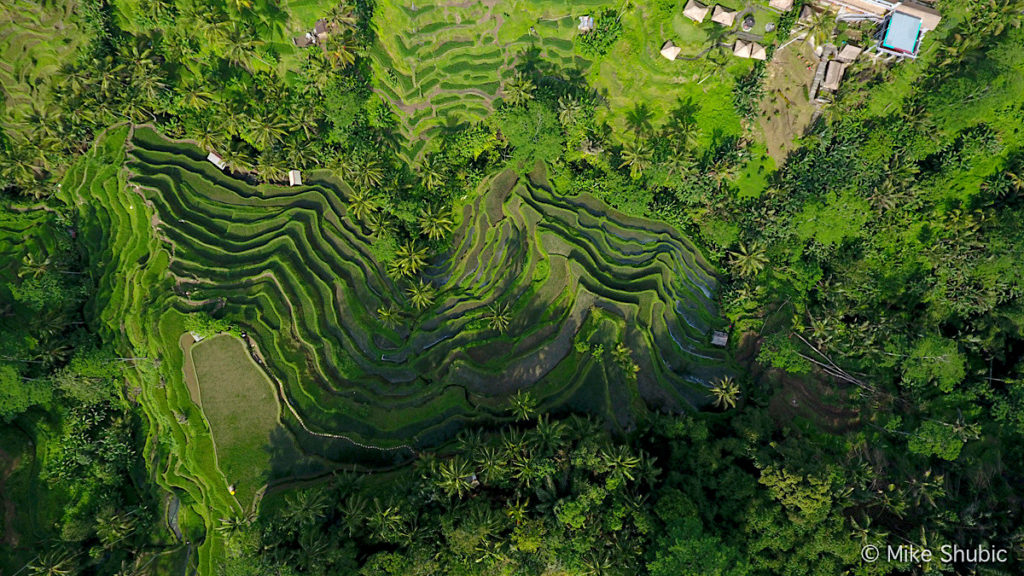
My travel journalist friend from South Africa and I wanted to do a few of the touristy things in Ubud, which included the famous Bali rice terraces, a couple of the temples as well as the Tegenungan waterfall. On the way to the rice terraces, our first stop of the day, our driver pulled into this parking lot and asked (in broken English, mind you) if we would like to check out this place. We tentatively said yes, but as soon as we got out of the car we were questioning our decision. I think we both felt like this could be some sort of con or scam to fleece us out of money. Very often tour companies will stop by gift shops and the tour operators make a commission on everything sold. We hadn’t a single clue what Bali Pulina was, so we walked toward the entrance with skeptical trepidation.
As we entered Bali Pulina we fully expected an admission fee and when none was requested, we both looked at each other like, “what’s the catch?” My friend and I were both so suspicious, that we kept waiting for the other shoe to drop and sort of joked back and forth throughout the experience. For the most part in life, if something is too good to be true, it usually is. As our guide led us through the plantation, we were both still perplexed as to what this Bali Pulina place was. Our guide would stop every so often to share information about various plants, until finally I asked, “What is this place?” The reply was essentially an agro tourism plantation where they educate visitors on the various plants, spices and coffees grown in Bali.
As we continued through the lush environment, we happened upon an area where they were drying coffee beans and other spices. Here we learned that they offered a coffee tasting. This was the catch we were waiting for, they wanted us to buy coffee! Or so we thought. Our guide informed us the coffee tasting was free. Eight different types of coffee/flavors, no less. They did say that while the coffee tasting was free, if we wanted to try the Kopi Luwak coffee, also known as civet coffee, there was a charge, but no obligation whatsoever. This Kopi Luwak coffee is regarded as the most expensive coffee in the world. In Bali, a cup usually goes for about $5-$7 (which is a lot of money there), while in North America, you might expect to pay over $30 for a single cup. When you understand the production process, which I will explain in a moment, you’ll understand why. I opted to try the Kopi Luwak, just so I could say I had. Plus, I felt like it was the least I could do for this wonderful experience I was having.
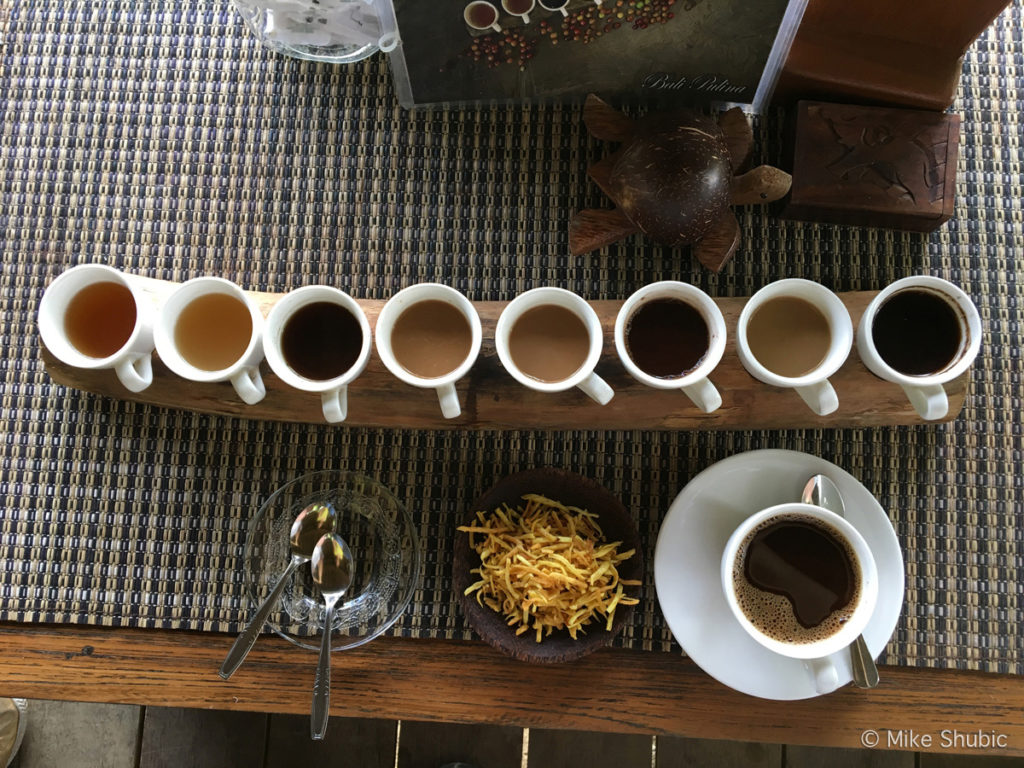
Back to the production process of the Kopi Luwak coffee, also known as civet coffee. A civet is a mostly nocturnal mammal that looks sort of like a cross between a cat and a weasel, and is native to tropical Asia and Africa. The civet apparently enjoys eating coffee fruit, so someone had the bright idea of retrieving the beans after they passed through the digestive system, then roasting and brewing the coffee. Before you get too grossed out, only the fruit part of the berry is eaten/digested by the civet, the shell is passed through the digestive system and the coffee bean is inside of that, so it never comes in contact with the excrement. Today, this coffee production process is big business, and a novelty for those interested in trying the most expensive coffee in the world. Personally, I though the free coffee they provided was much better than the civet variety. I had to laugh at a blog post title I read regarding this Kopi Luwak coffee. It read “The shittiest most expensive coffee in the world.”
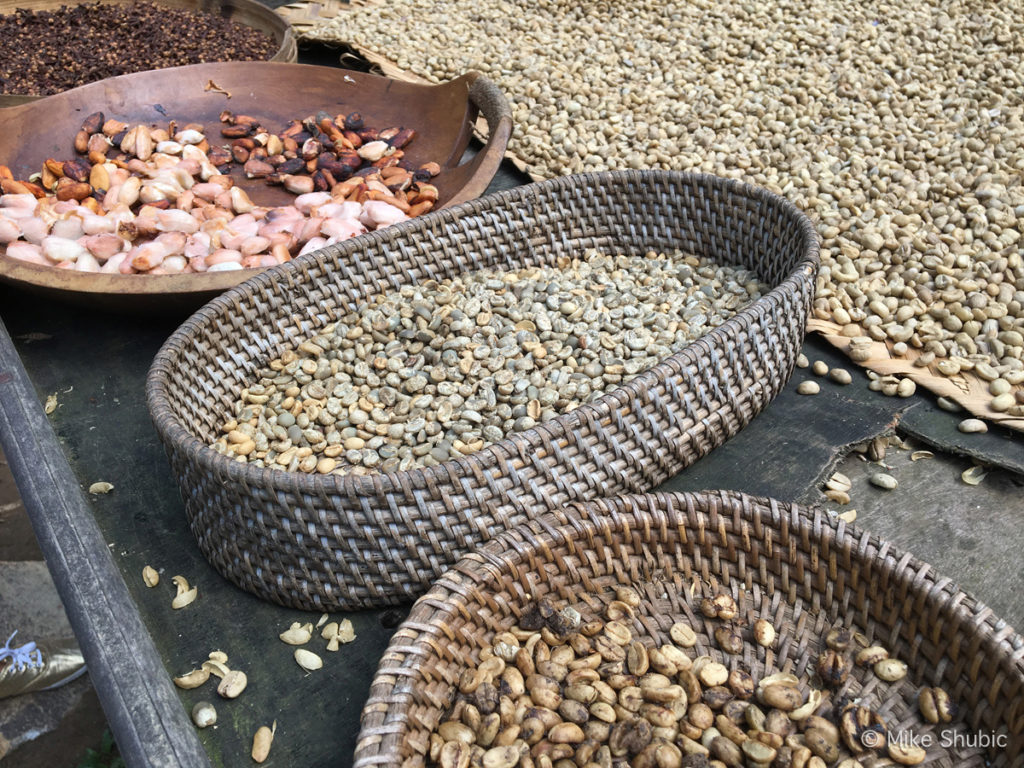
After trying some of the spices and watching the roasting process, we continued our stroll through the plantation. I noticed that as we walked we began to descend, eventually coming to the end, or back of the property which was at the edge of a cliff. We left the denseness of the plantation and walked into an outdoor living space furnished with beautiful native hardwood tables and chairs, providing a window of sorts to a sensational view overlooking rice fields and palm trees. It was a stunning view for our coffee tasting.
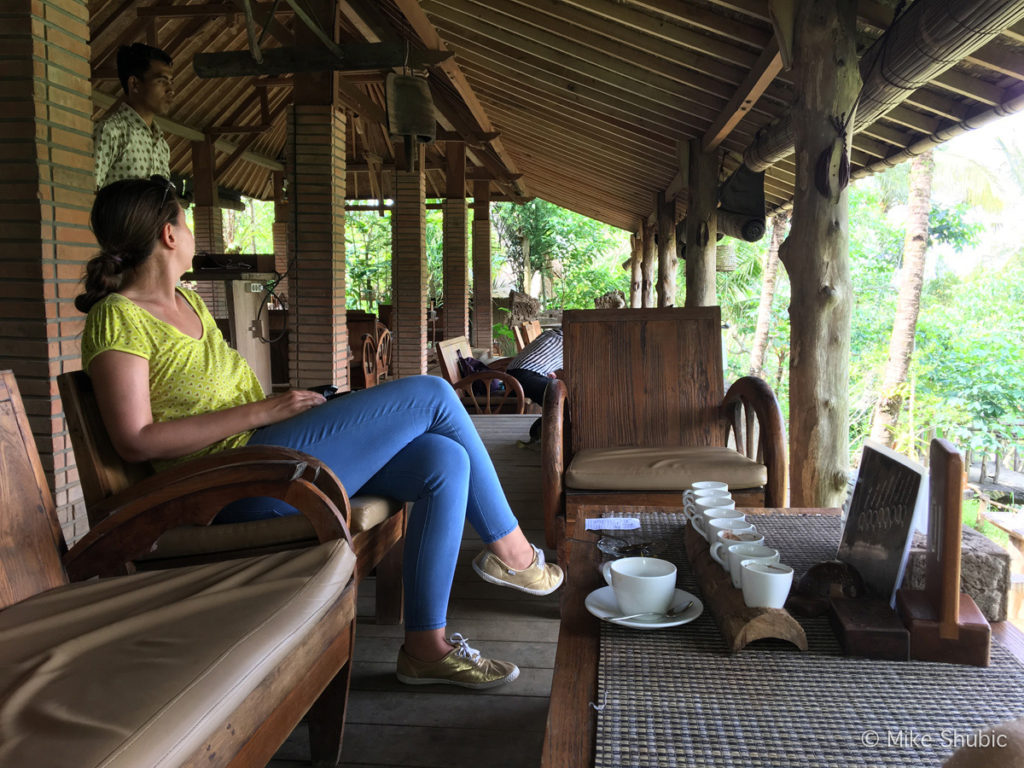
After enjoying our coffee, I noticed a series of massive terraced decks that jutted out over the rice fields, so we took a walk to get a better look. Along the way I also discovered an alcove where we saw a fire pit and other stone utensils used for grinding beans and spices. The entire property is full of nooks and crannies, each of which our guide would explain as we passed by.

The end of our tour/experience was coming to a conclusion, the only thing that was left was to settle my debt from the Kopi Luwak civit coffee, so our guide took us to the gift store. This was the last chance for them to take advantage of us. I whispered to my friend, “Maybe we’ll escape with nothing more than the fee for the civet coffee.” She simply replied, “We’re not out of here yet.”
As soon as we crossed the exit area we both looked at each other and laugh at our cynicism. We both agreed it was a wonderful find and we thanked our taxi driving tour guide for the excellent suggestion.
If you’ve ever been to Bali Pulina, or have suggestions of other places in Bali that might be lesser known, please leave a comment below and share your experience(s). If you have any questions about Bali Pulina, also leave a comment below and I’ll try to answer it.
Comments are closed.



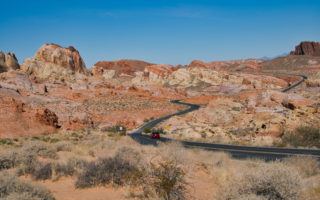
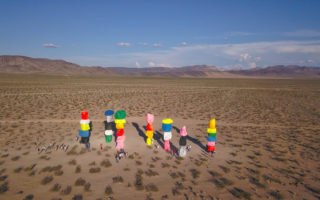
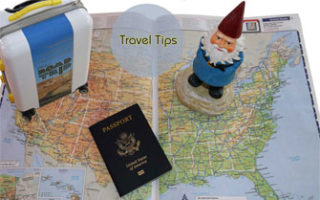



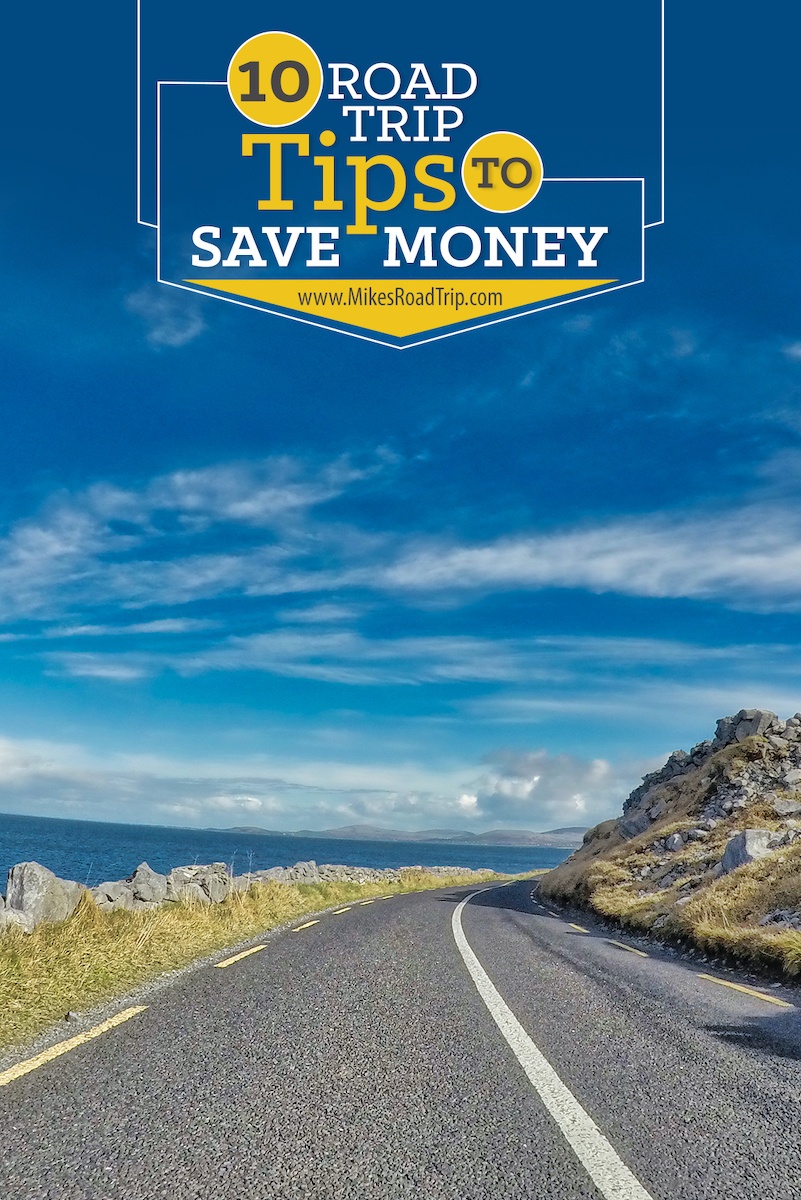
![Top-5 Best Places to visit in Belgium beyond Brussels [video included]](https://mikesroadtrip.com/wp-content/uploads/2020/07/Pin-6b.jpg)
![Top-10 Most Interesting Facts about Arizona [Video Included]](https://mikesroadtrip.com/wp-content/uploads/2020/07/Pin-2.jpg)
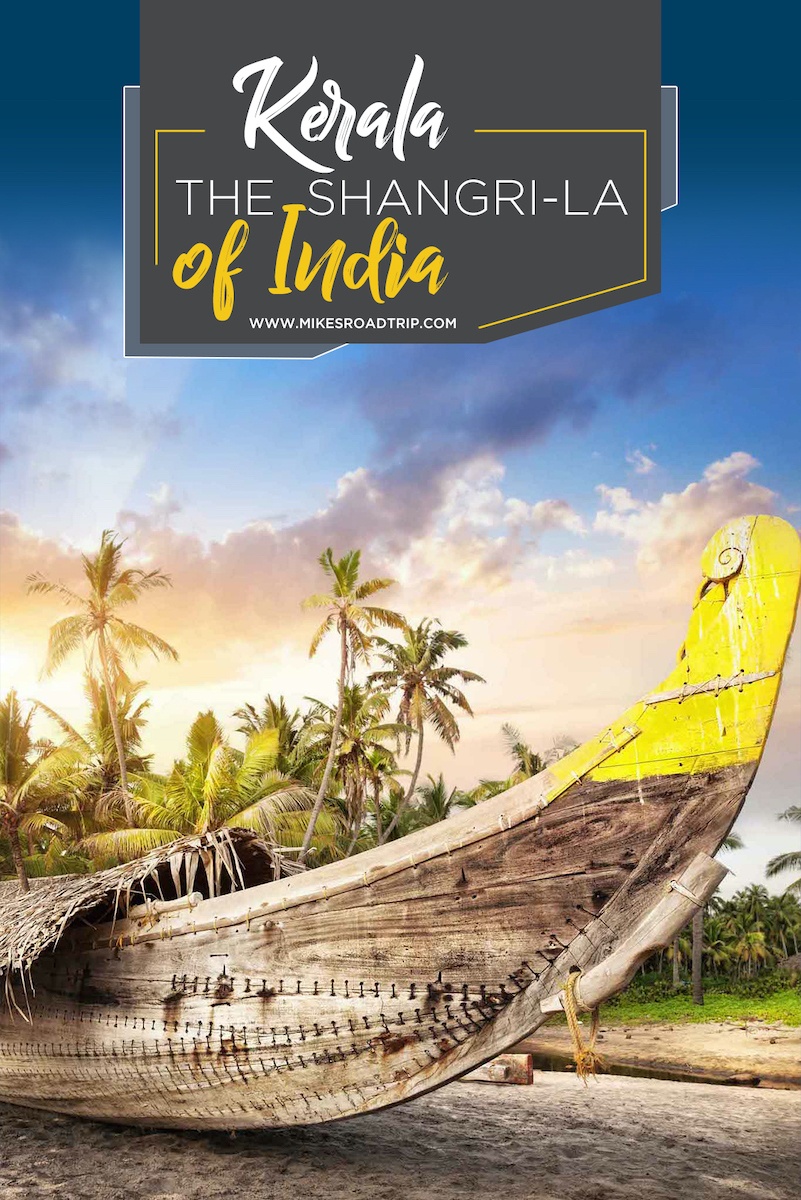
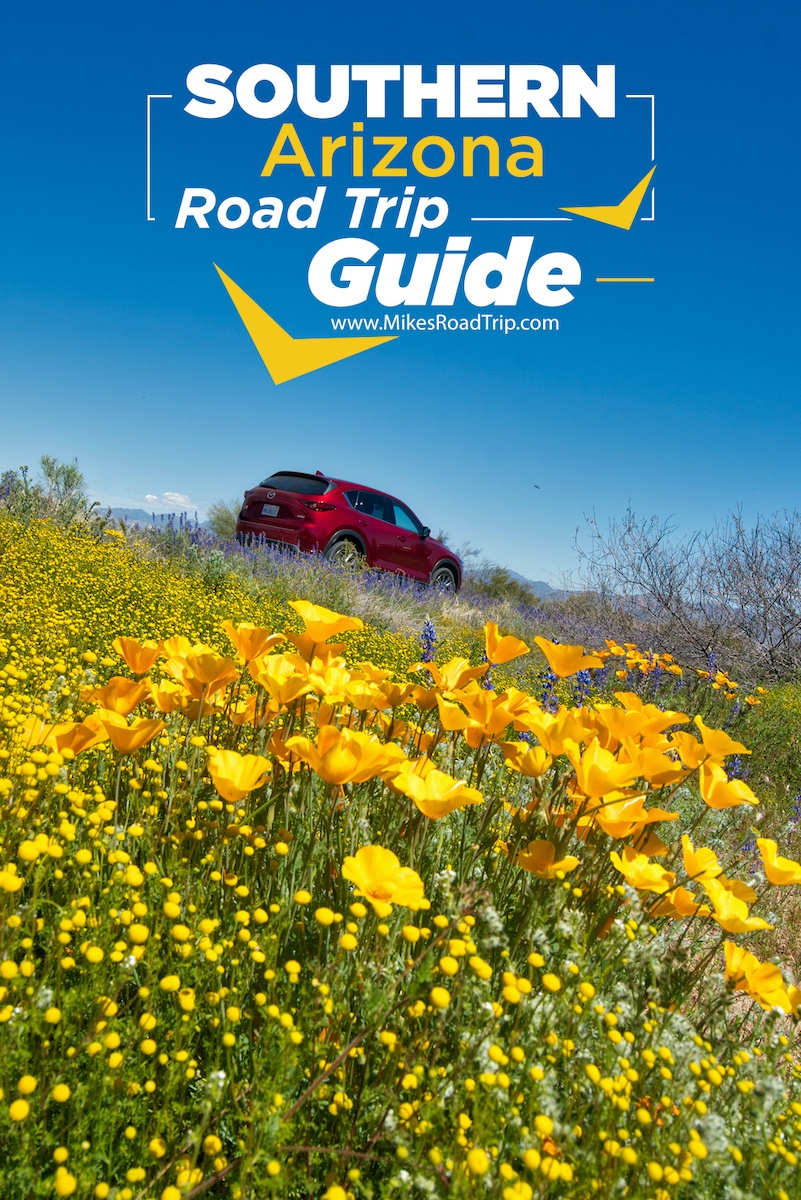
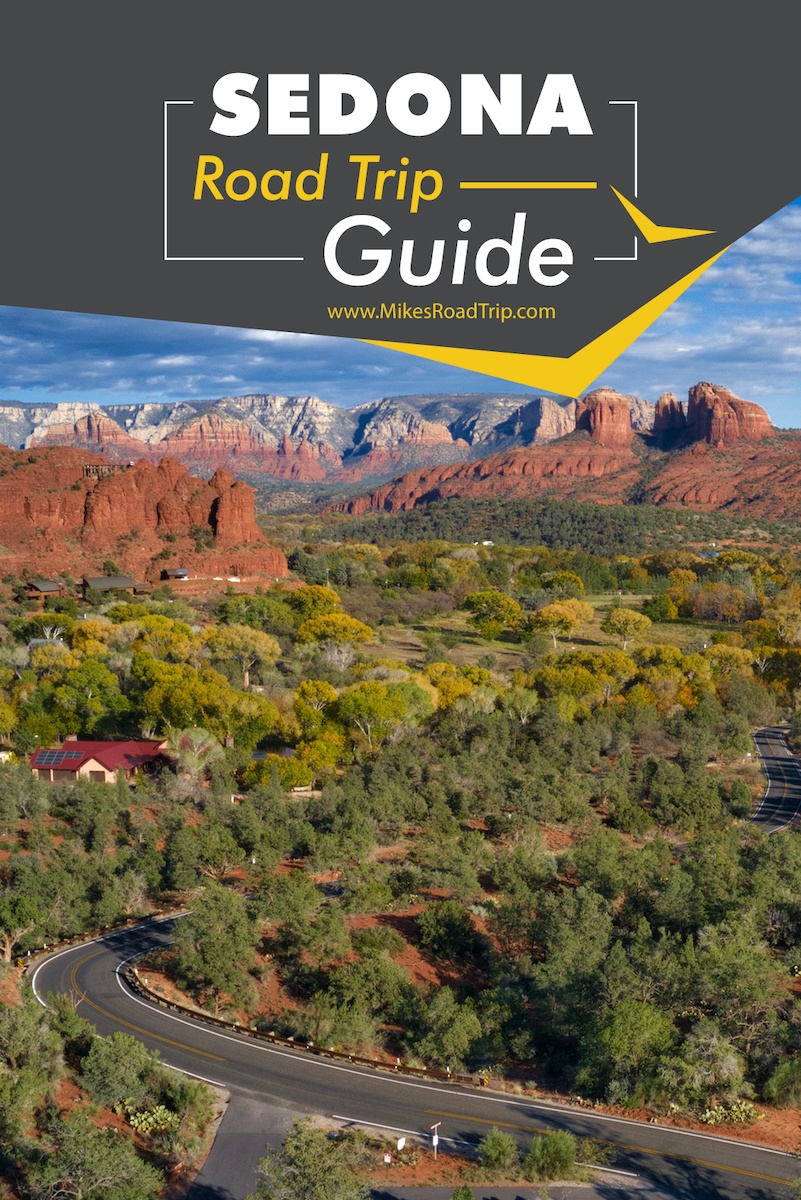
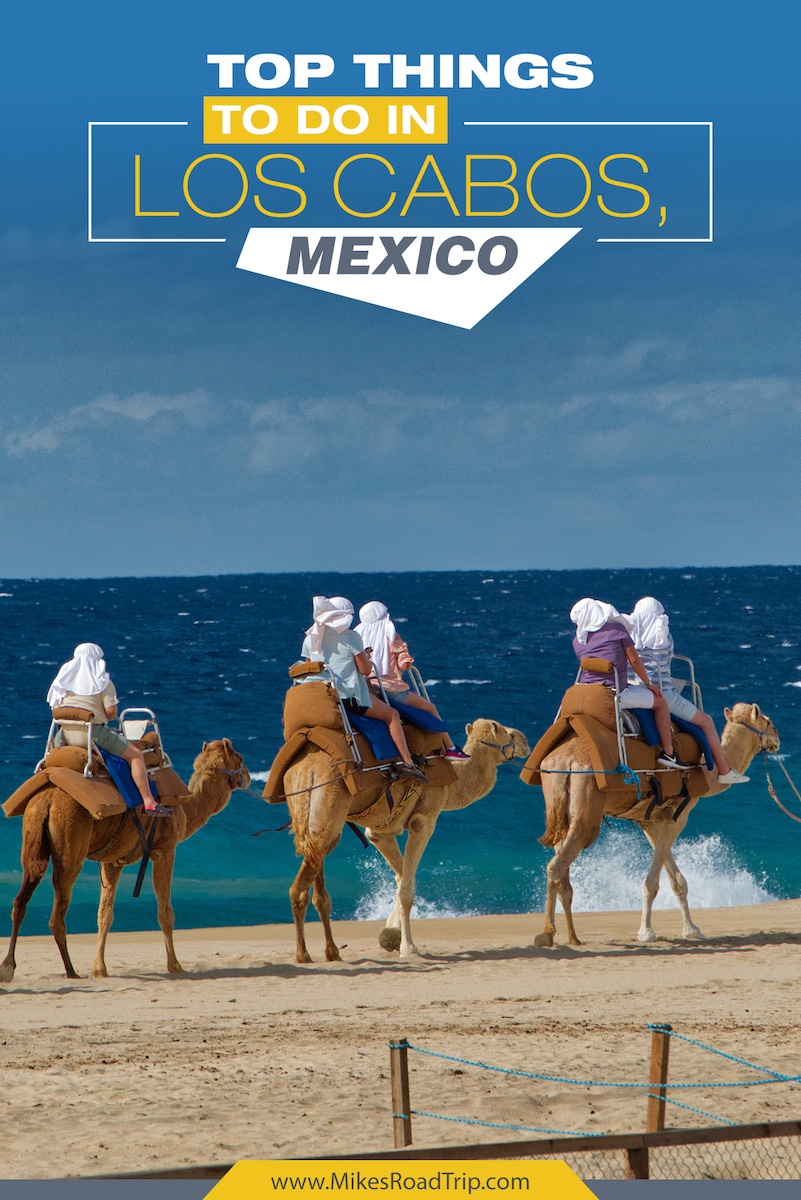
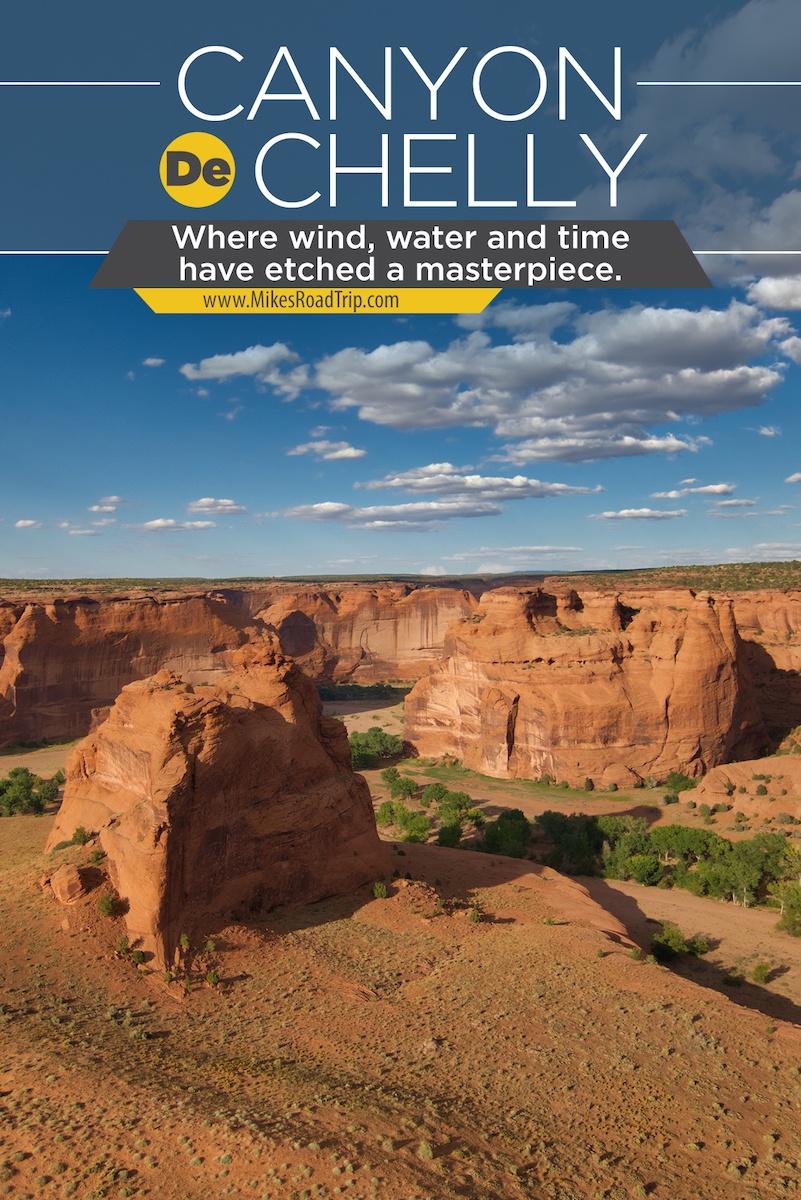
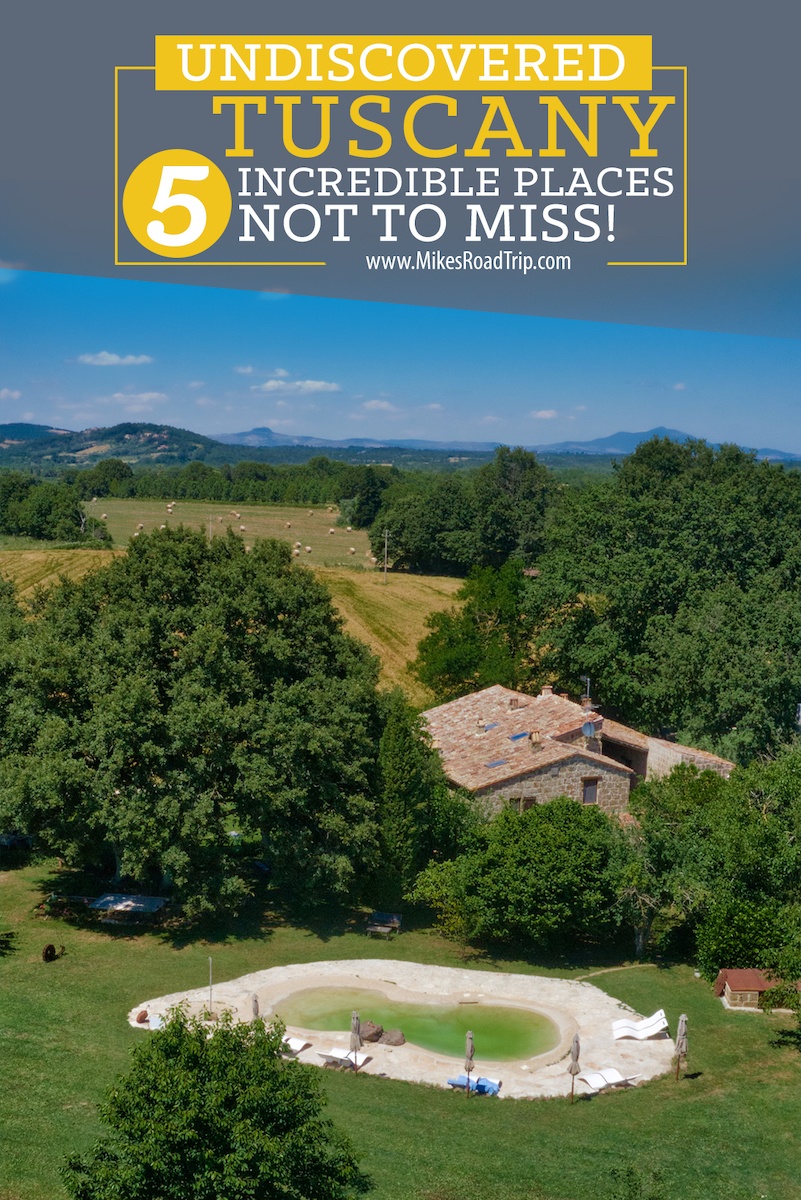
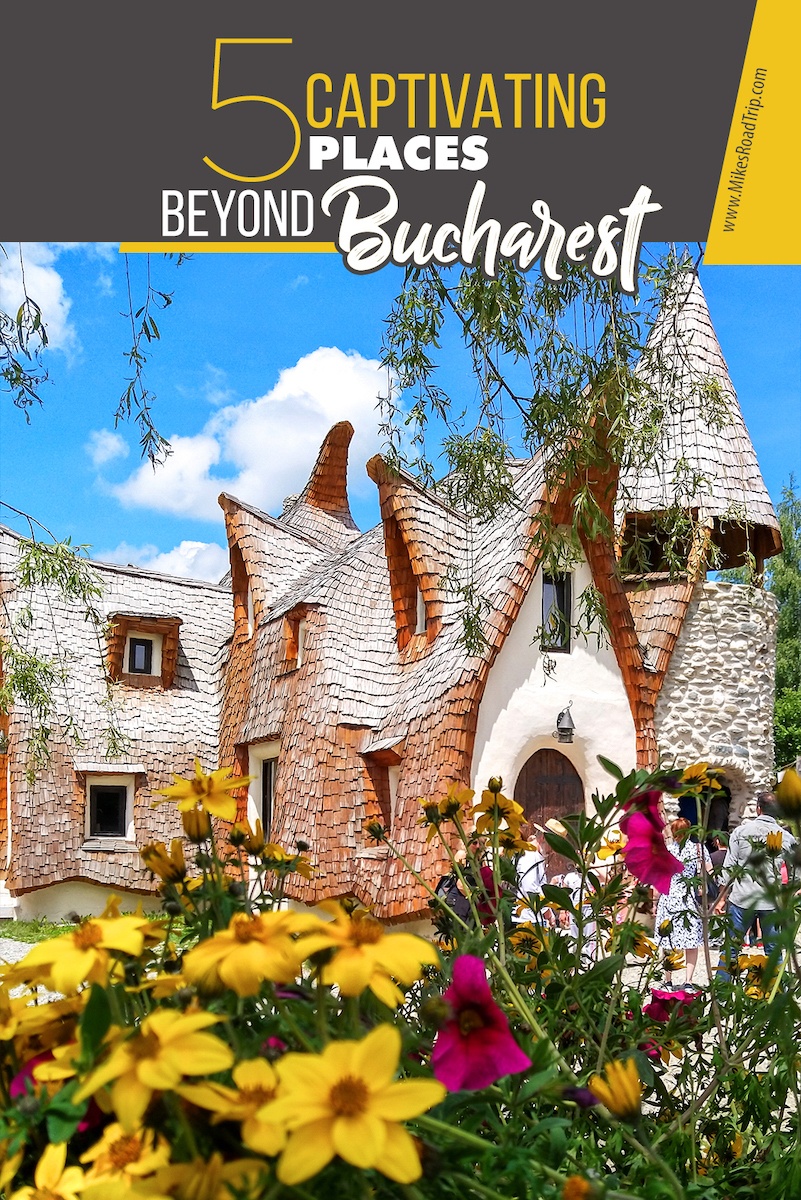

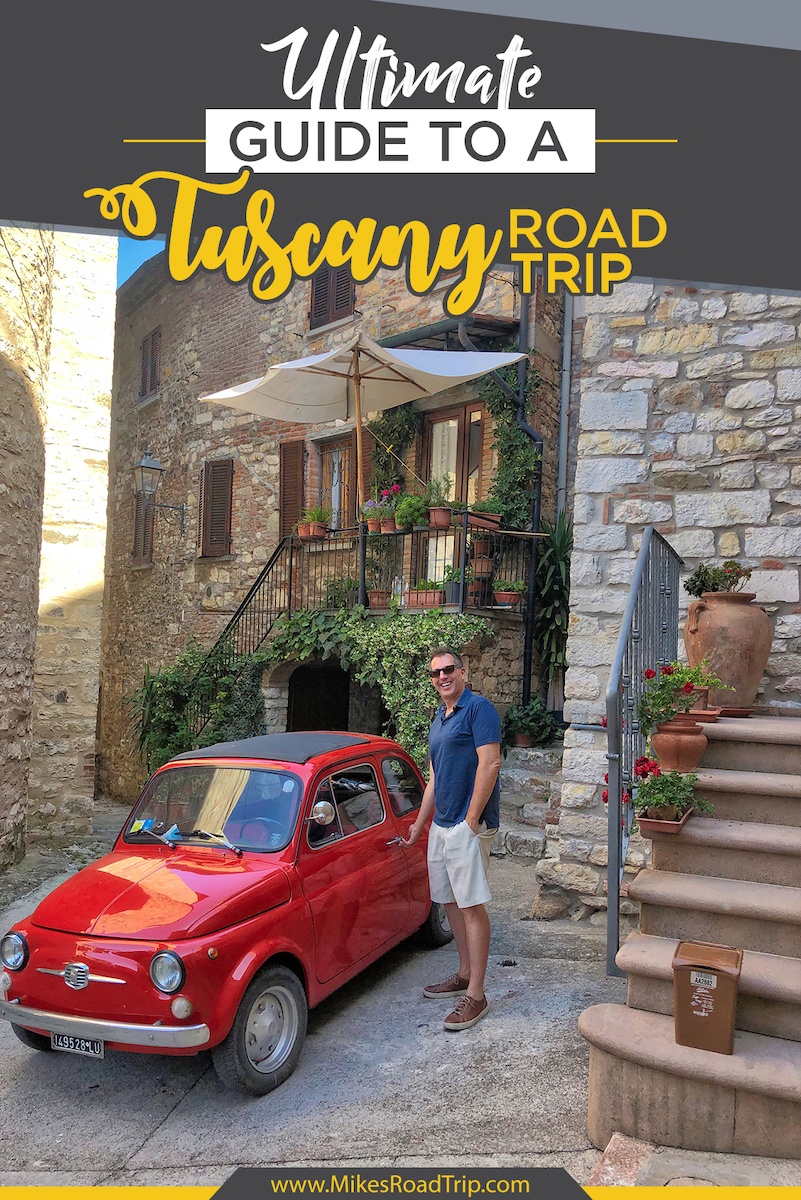

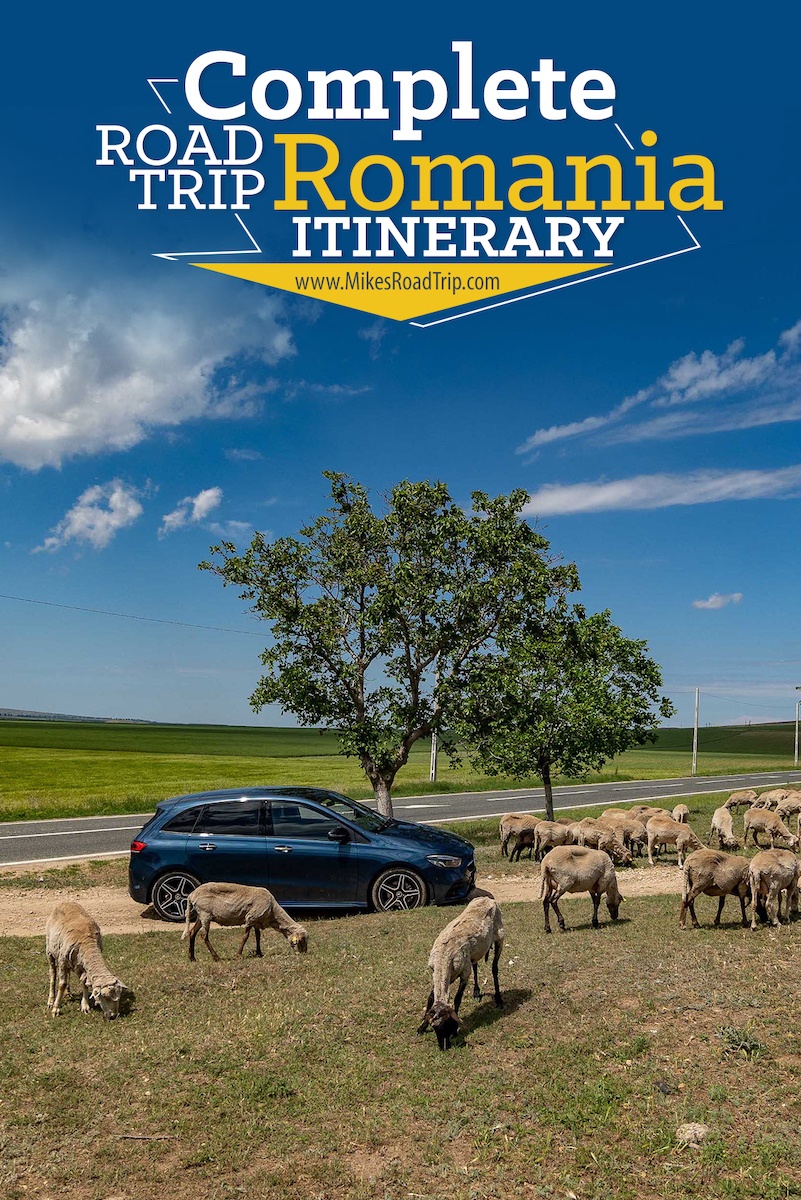


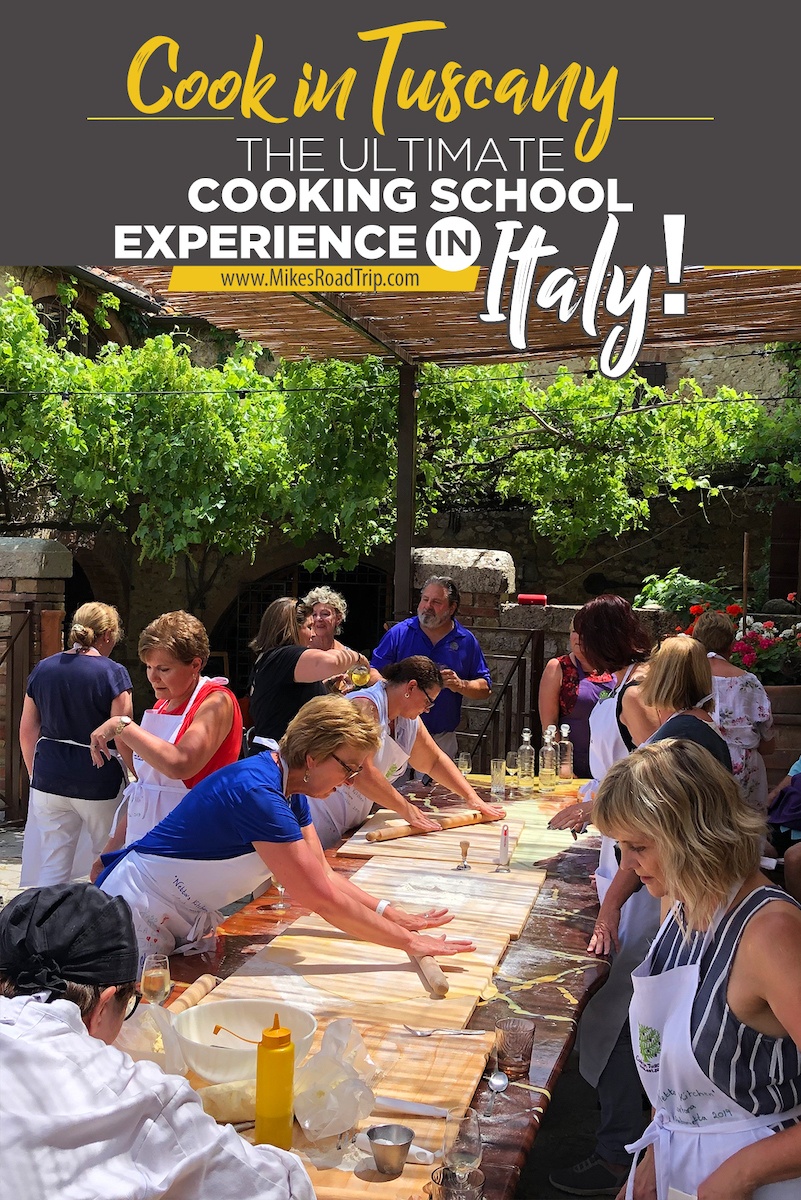

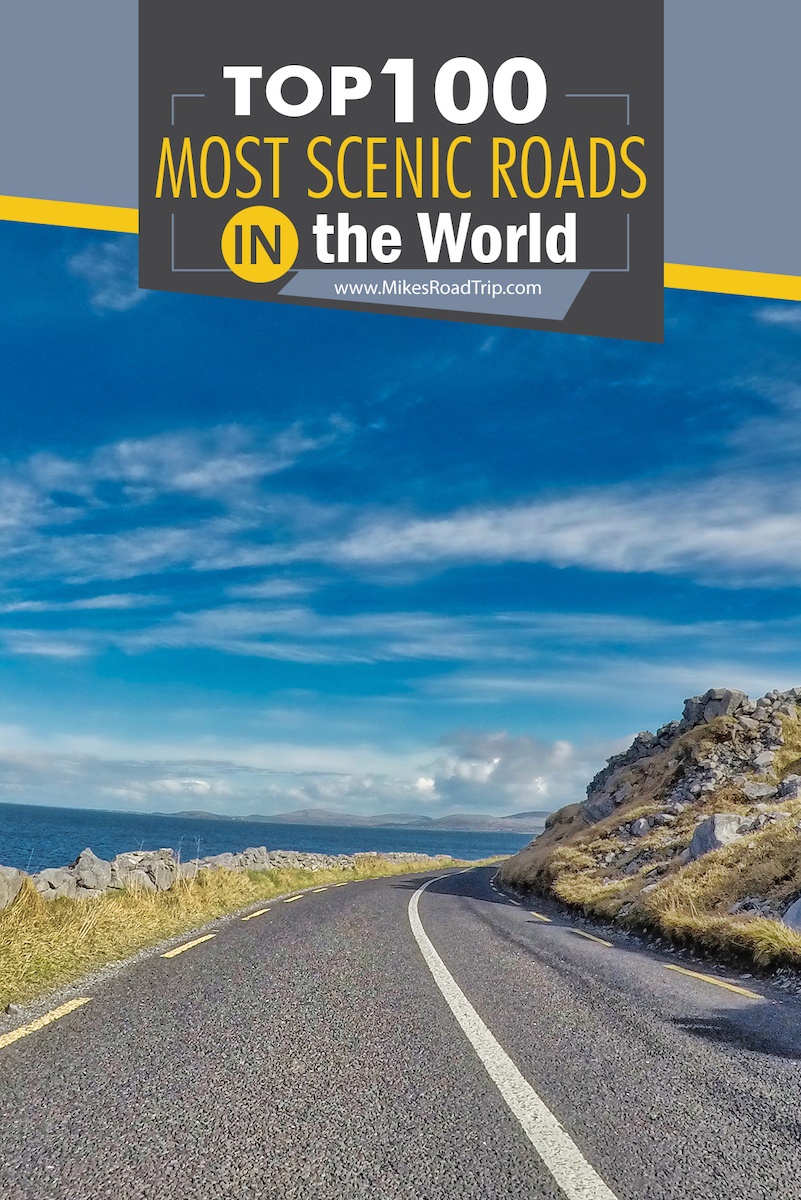
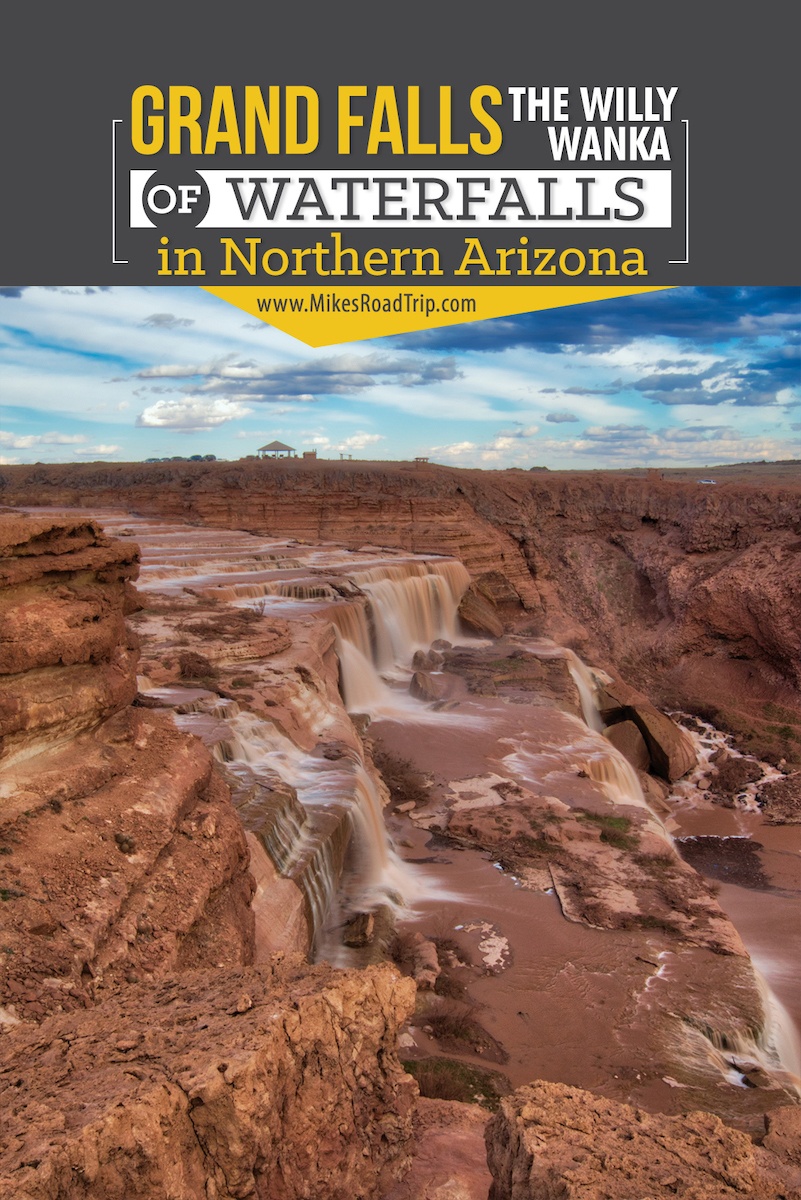
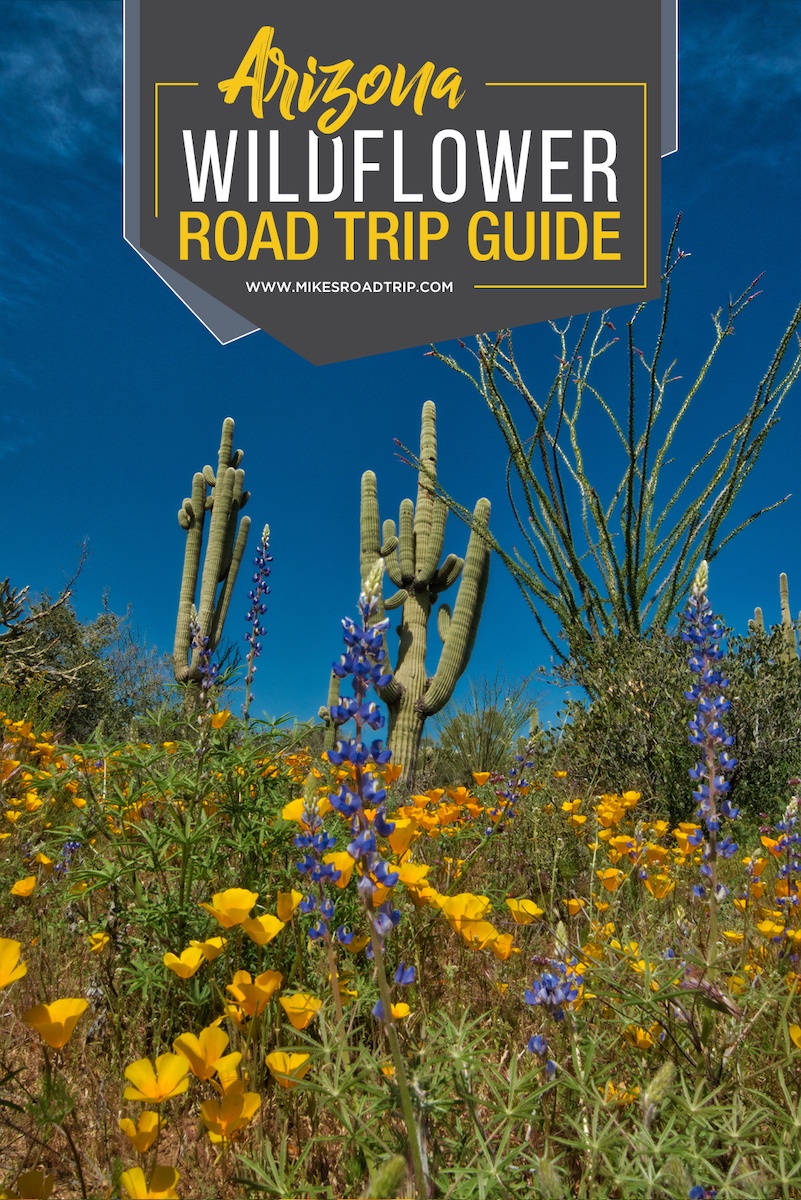
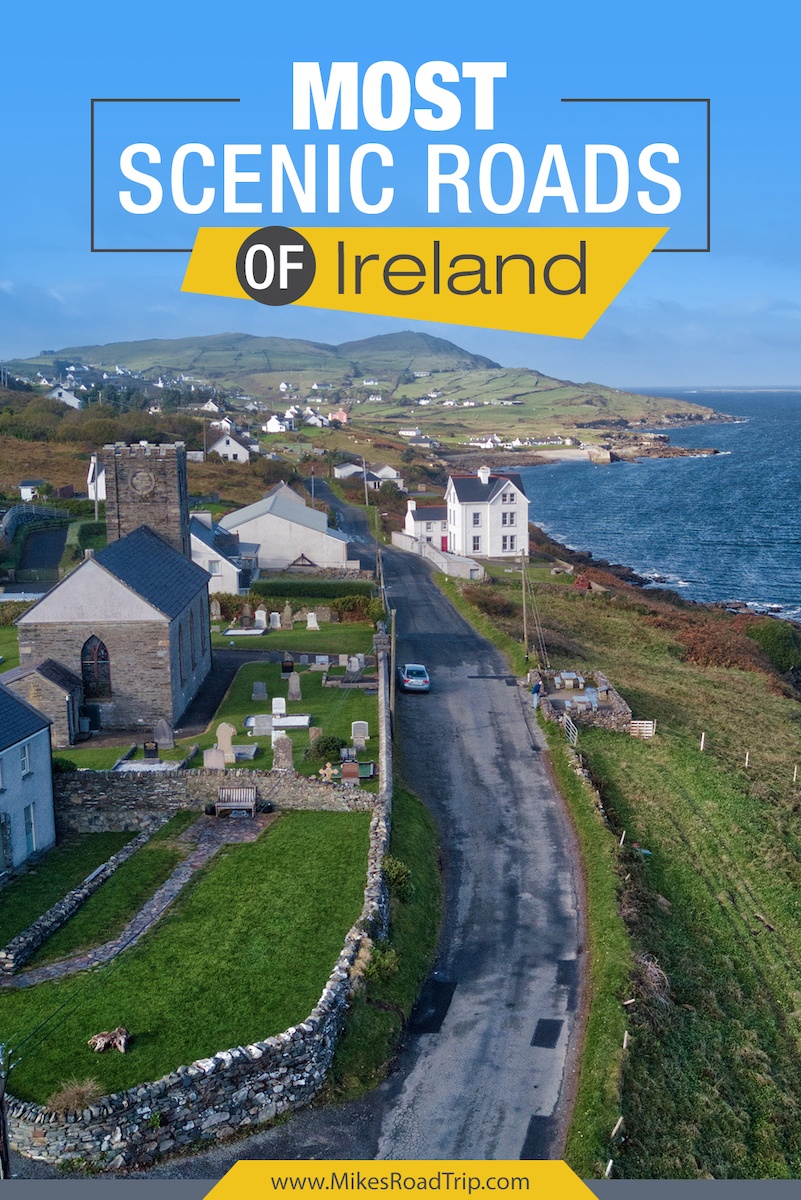


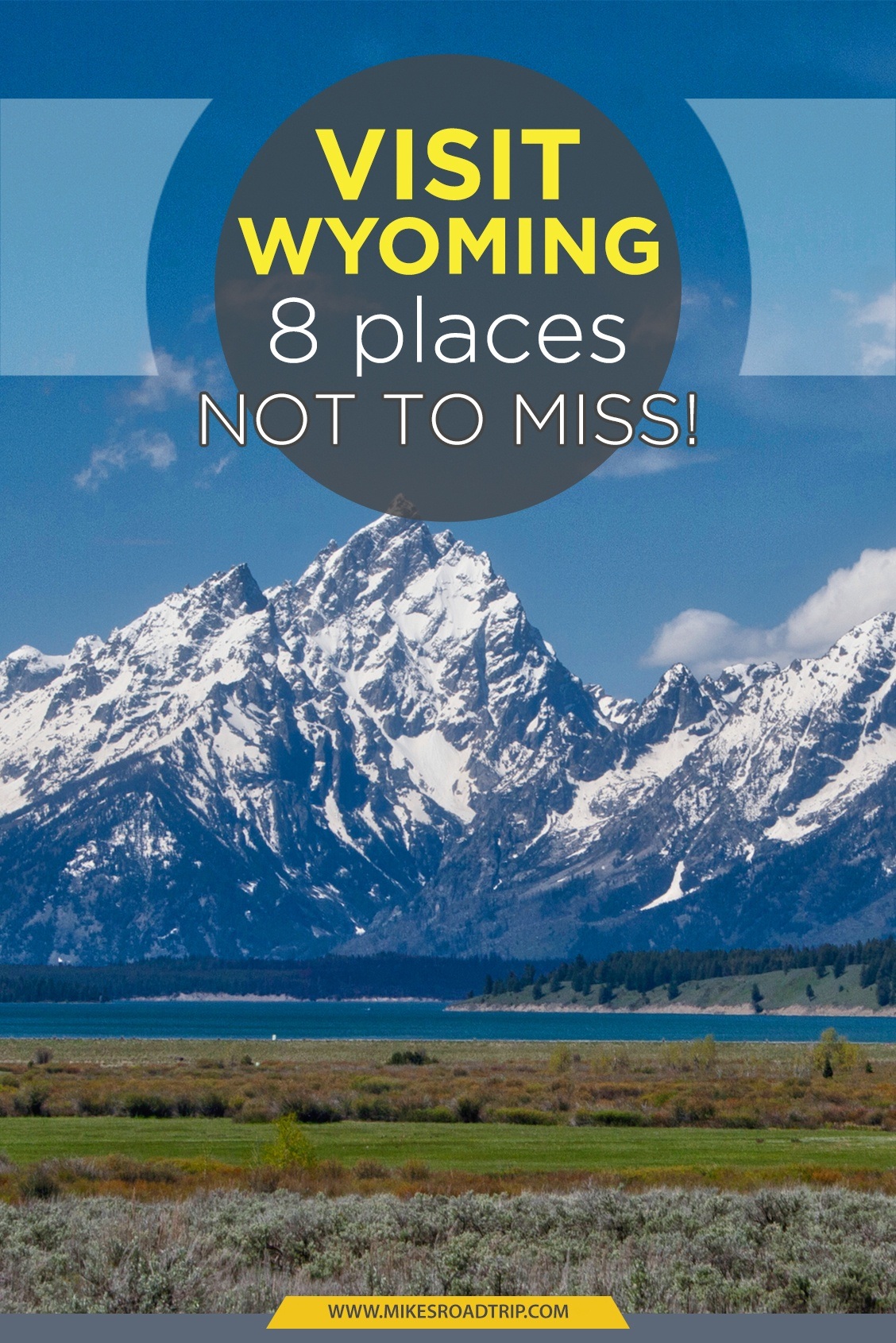
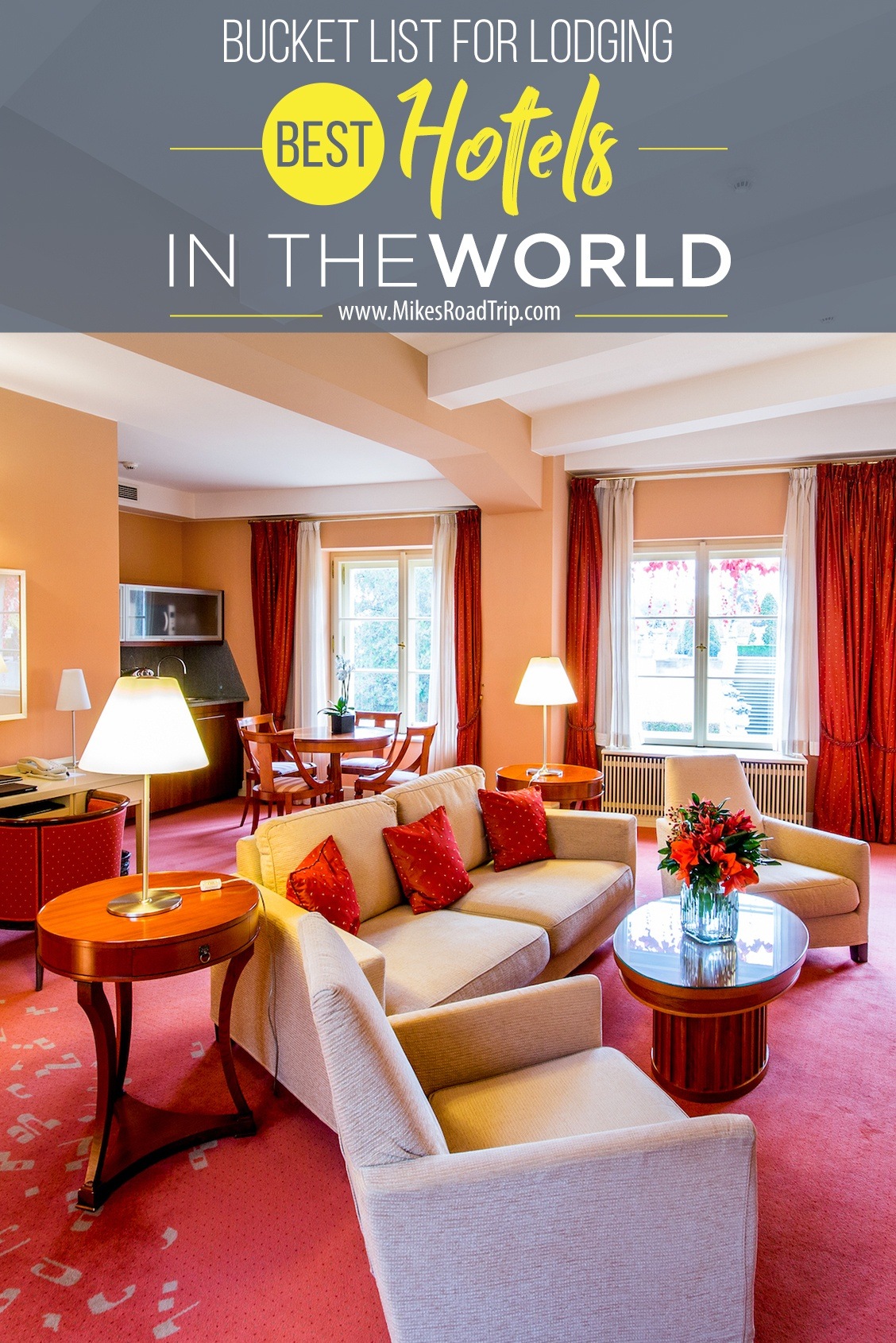
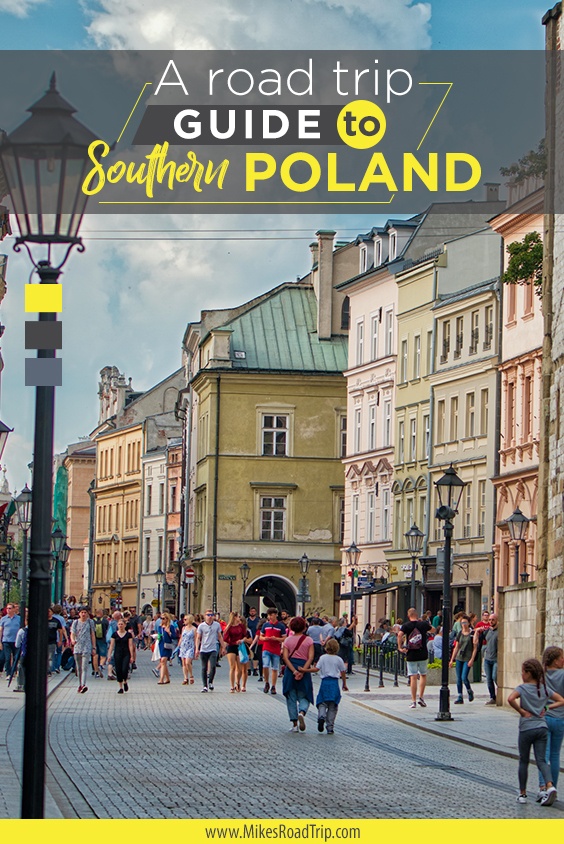
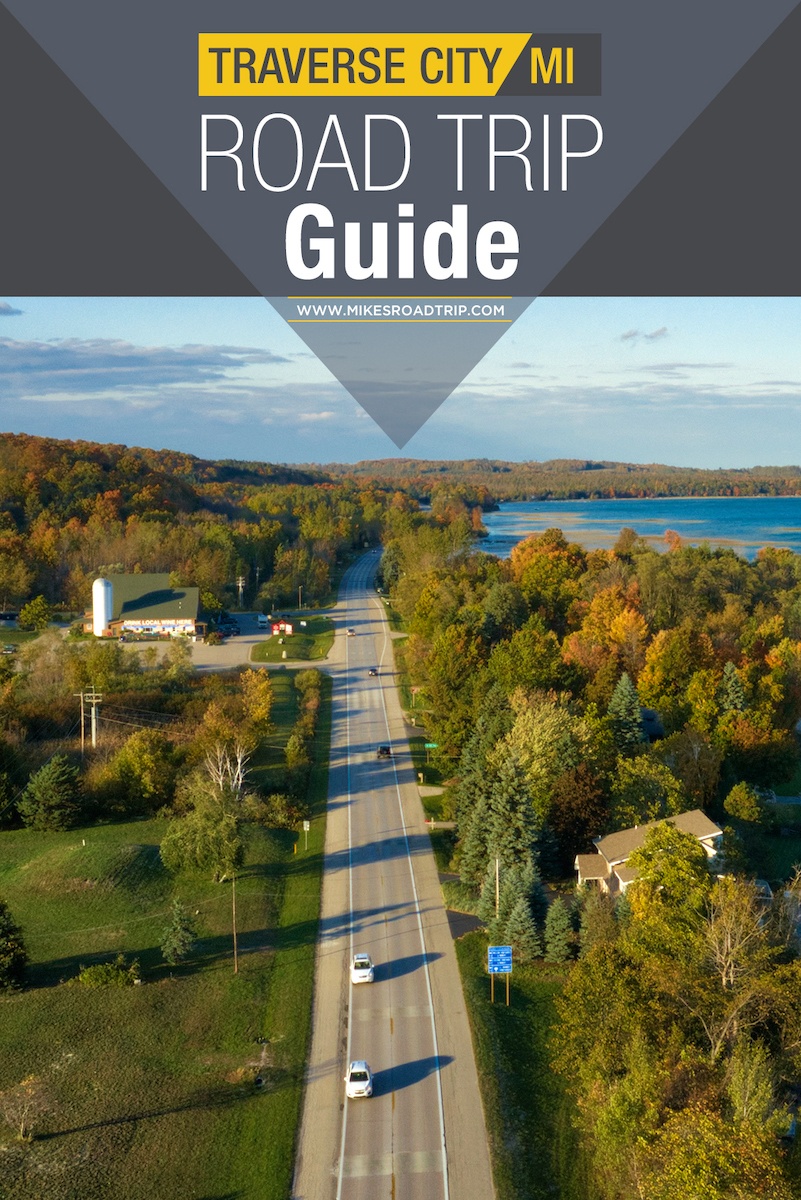
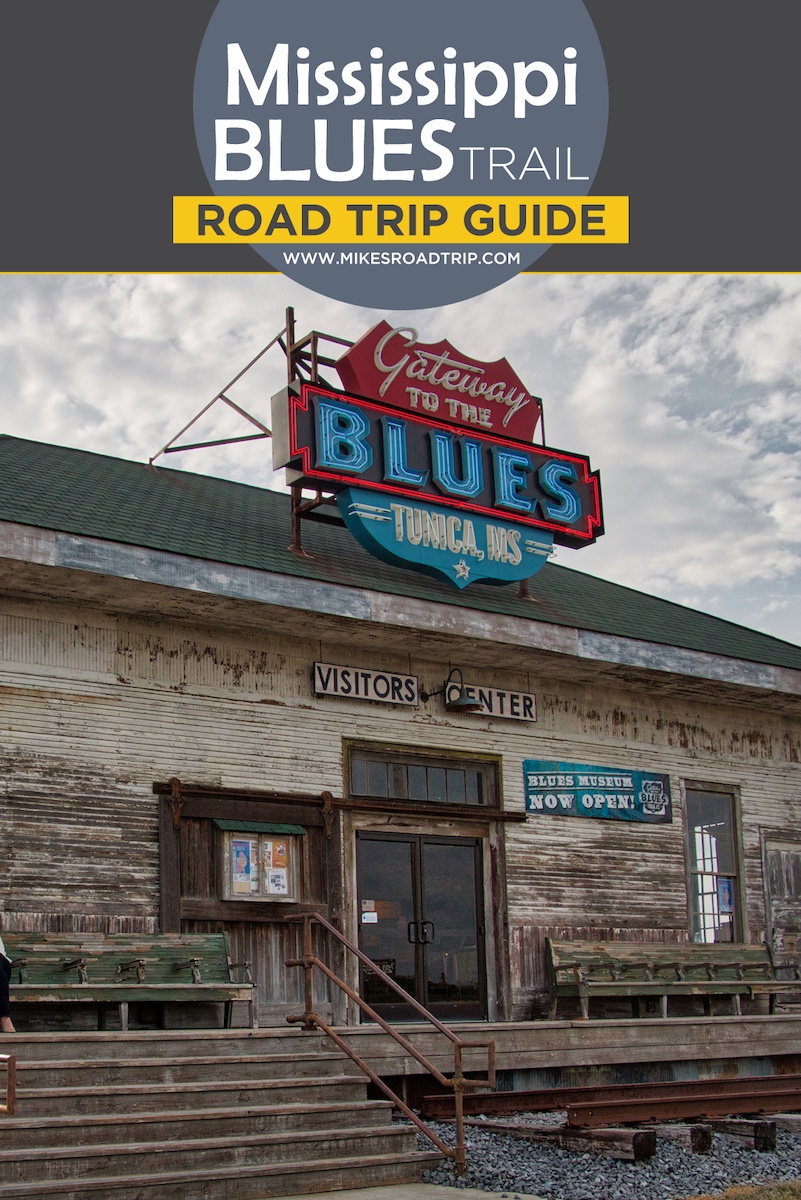





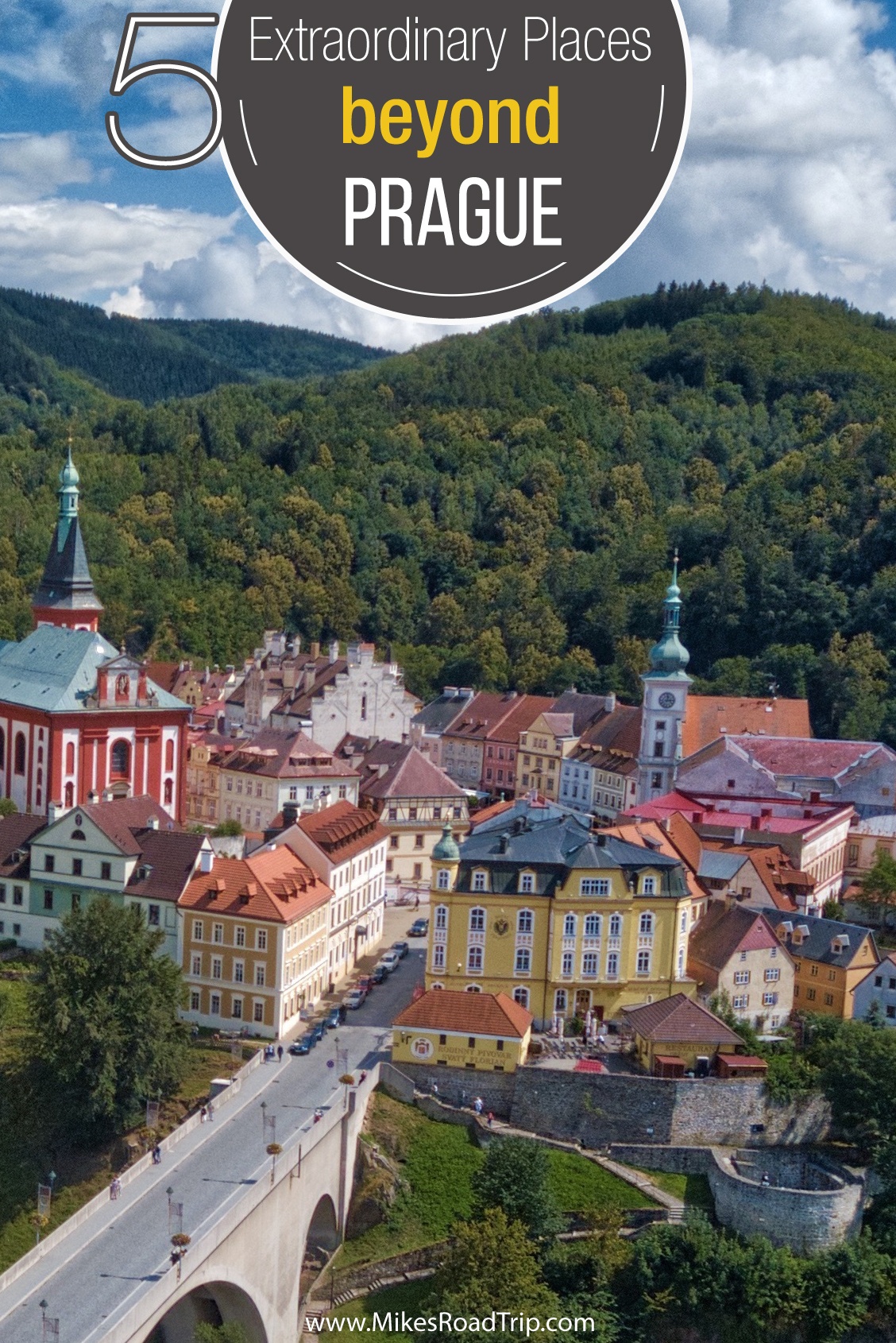
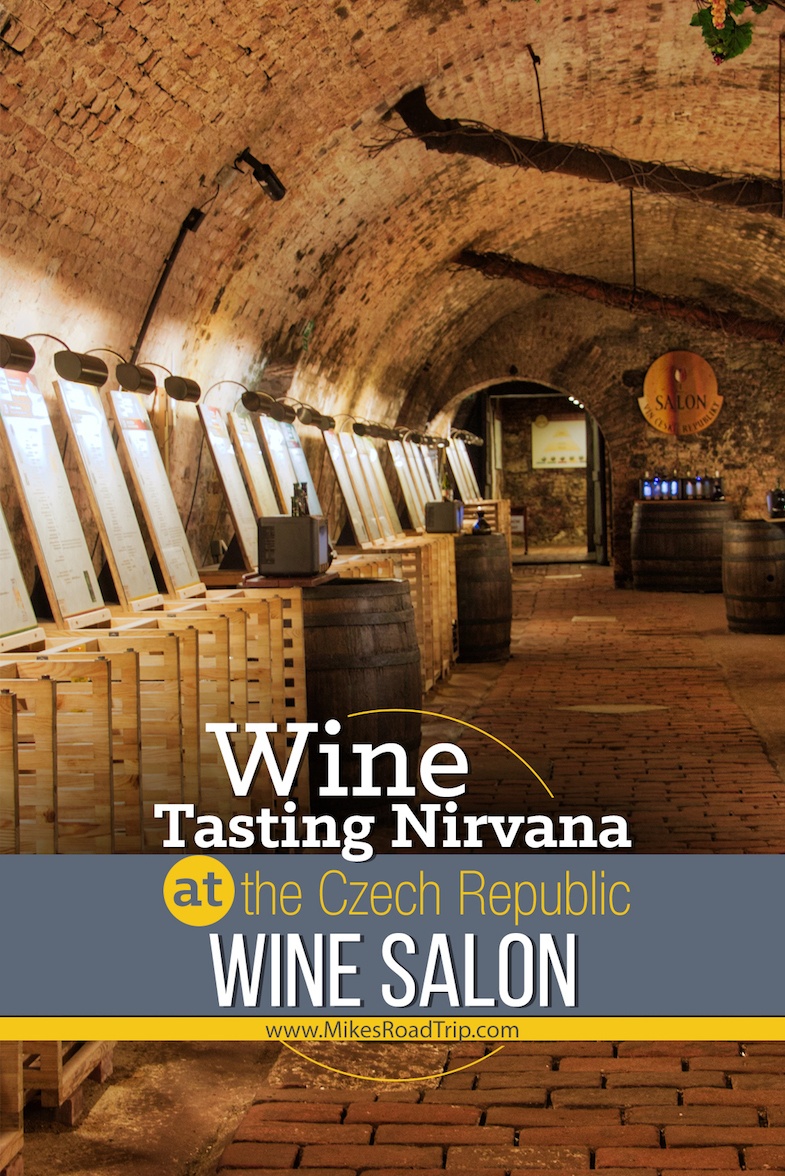
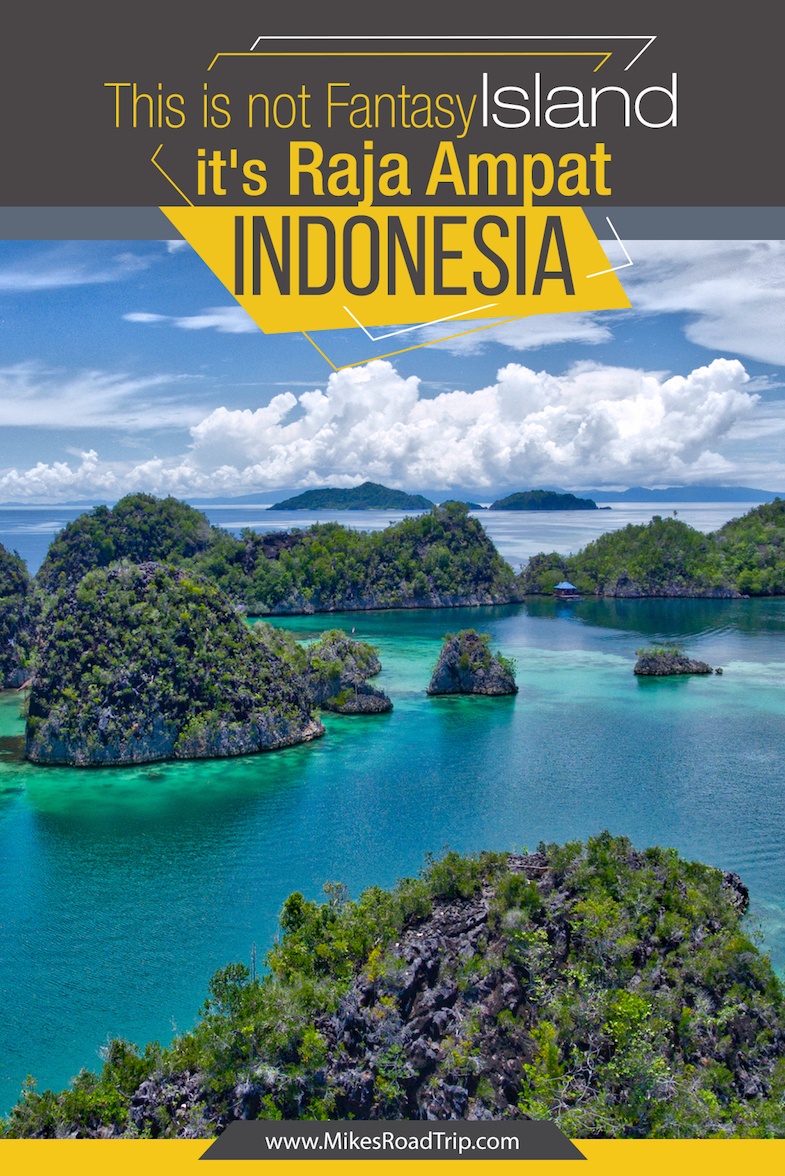
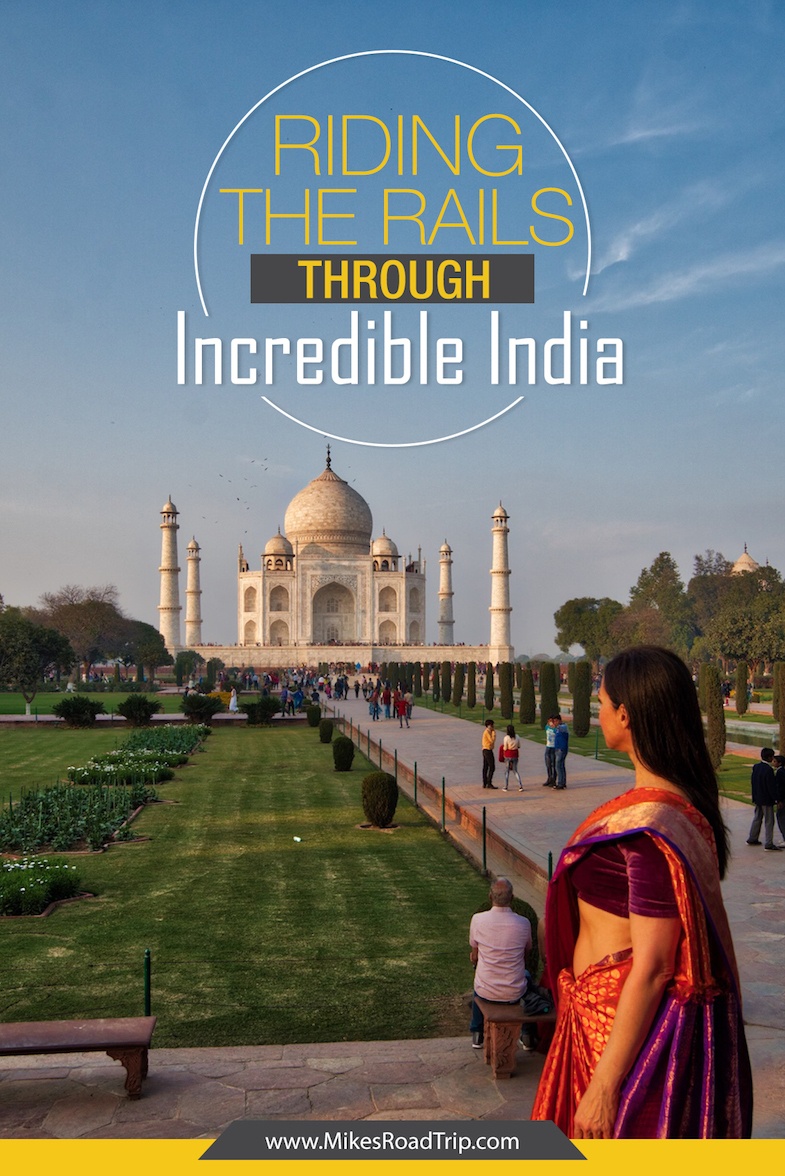
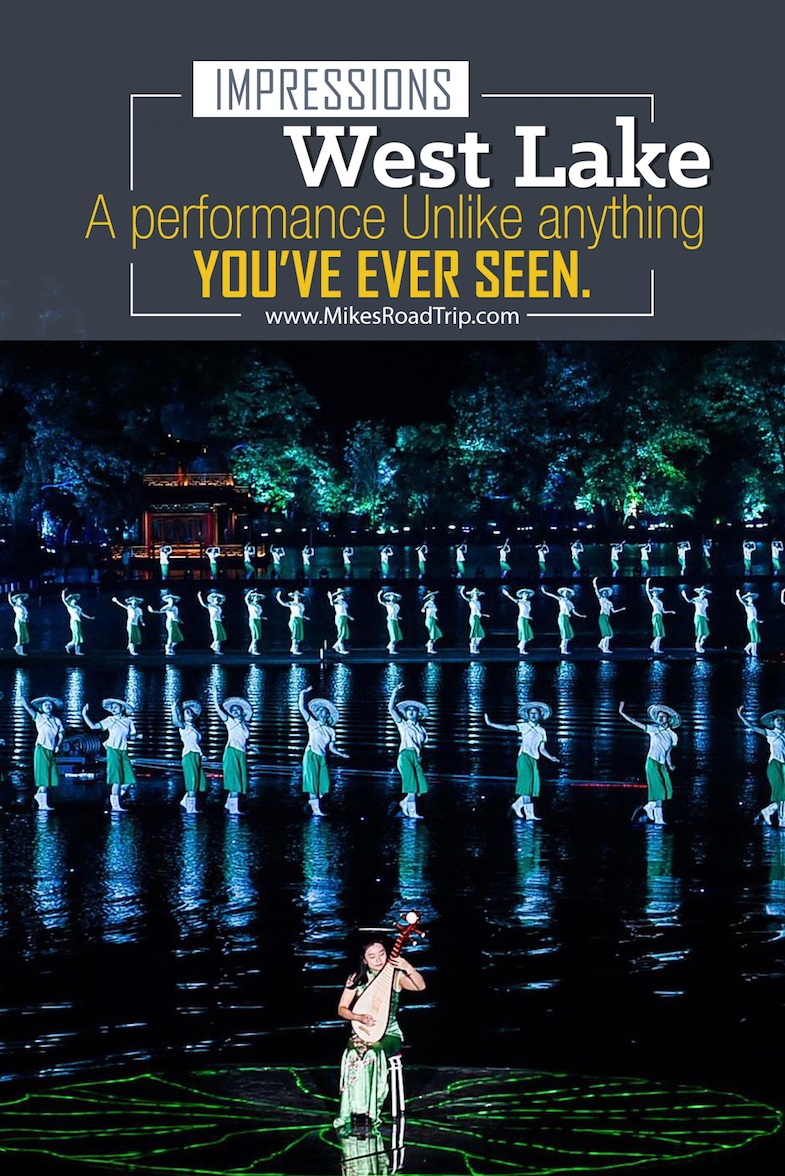
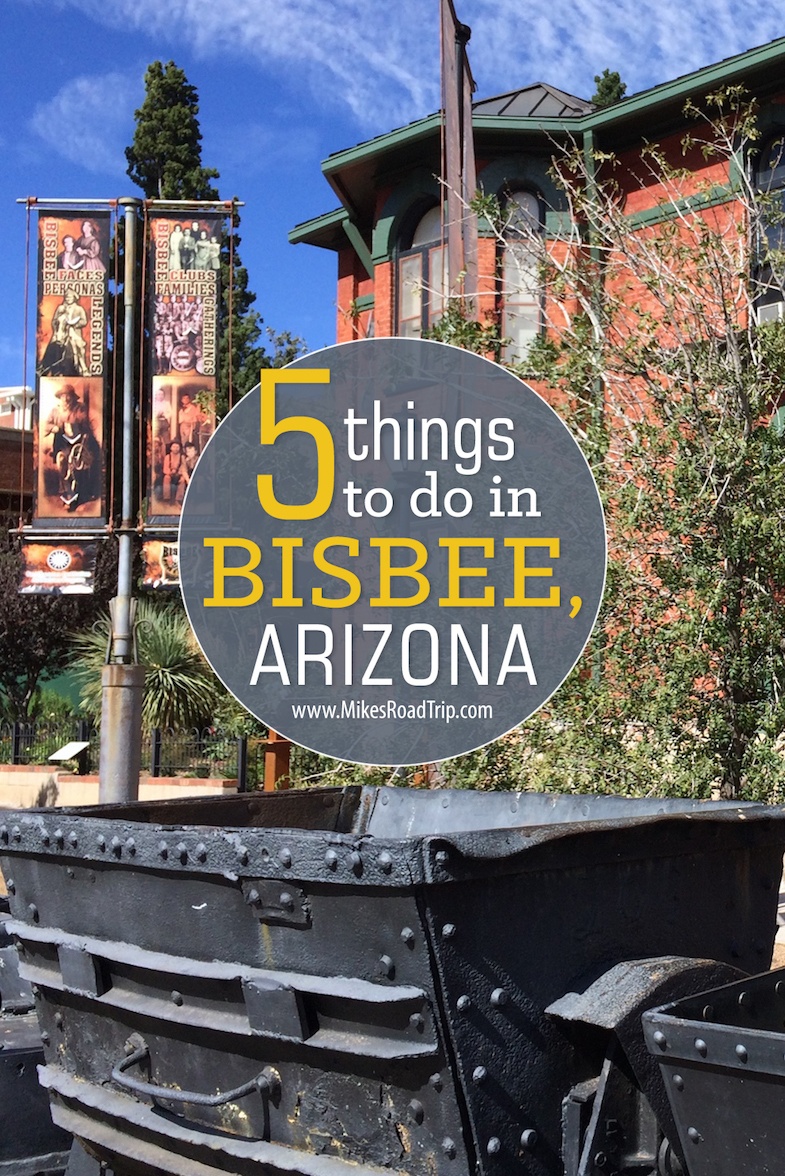
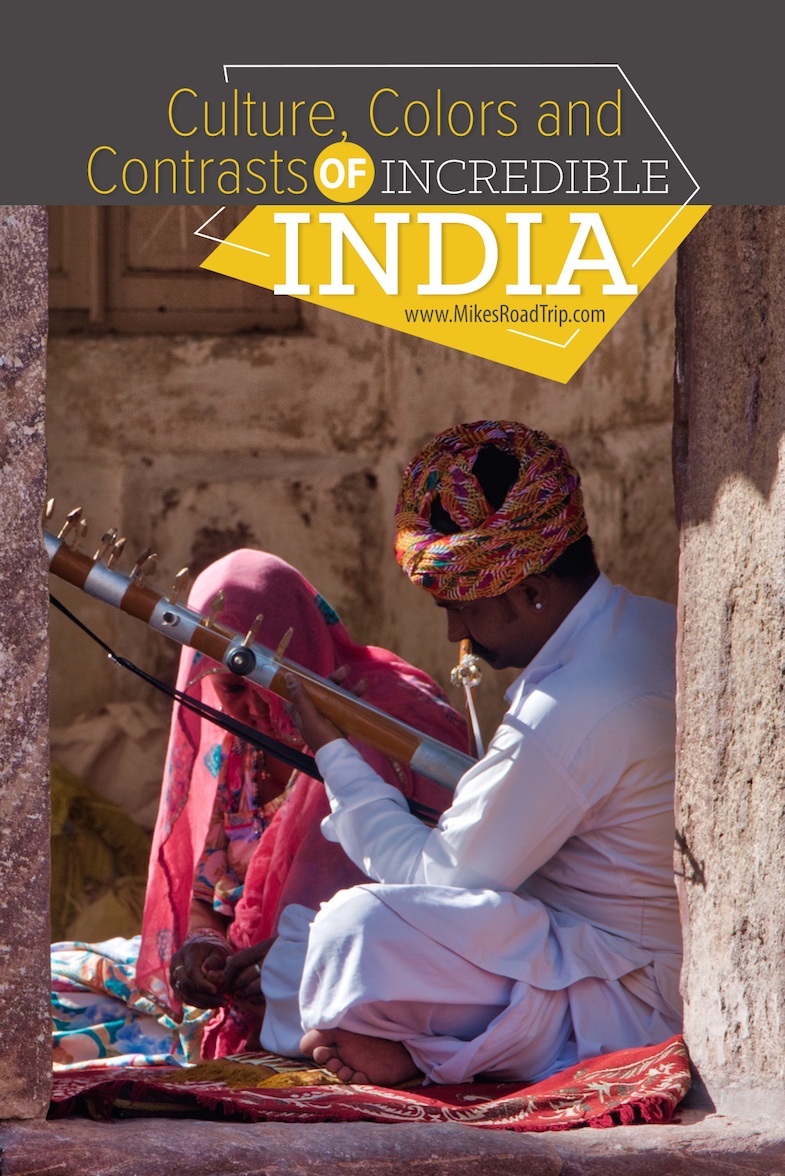
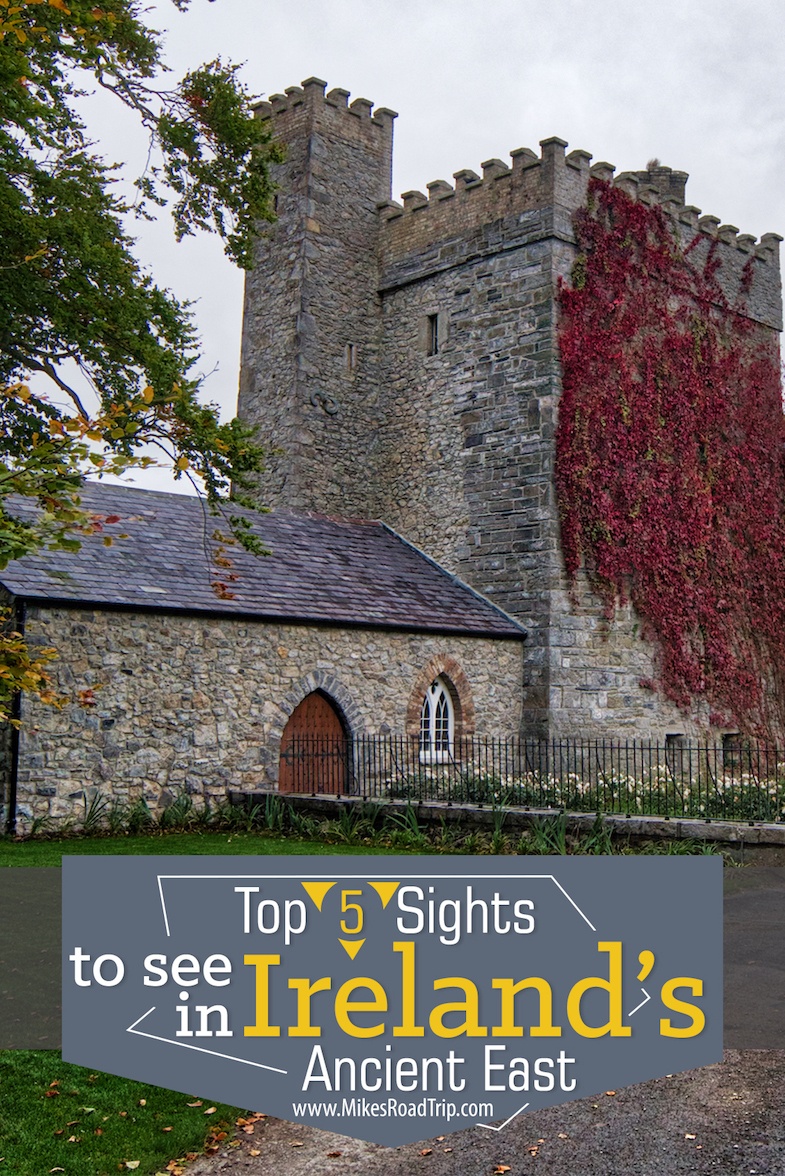
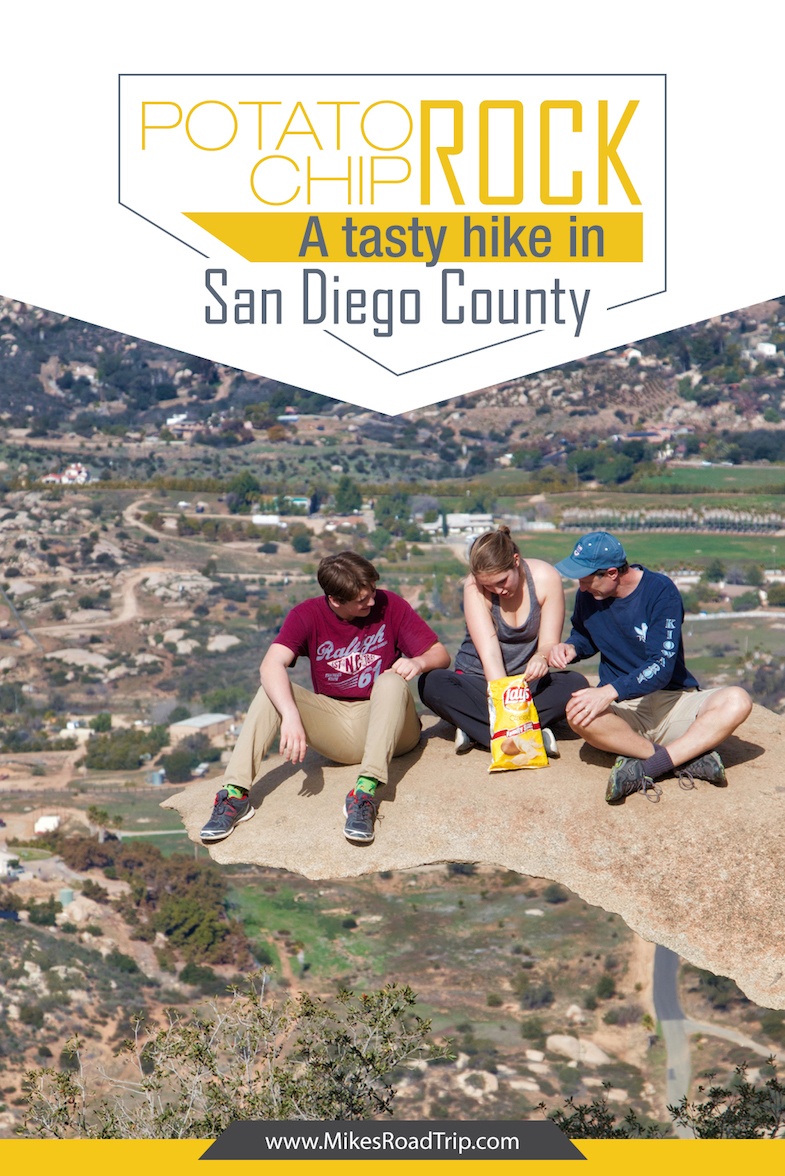
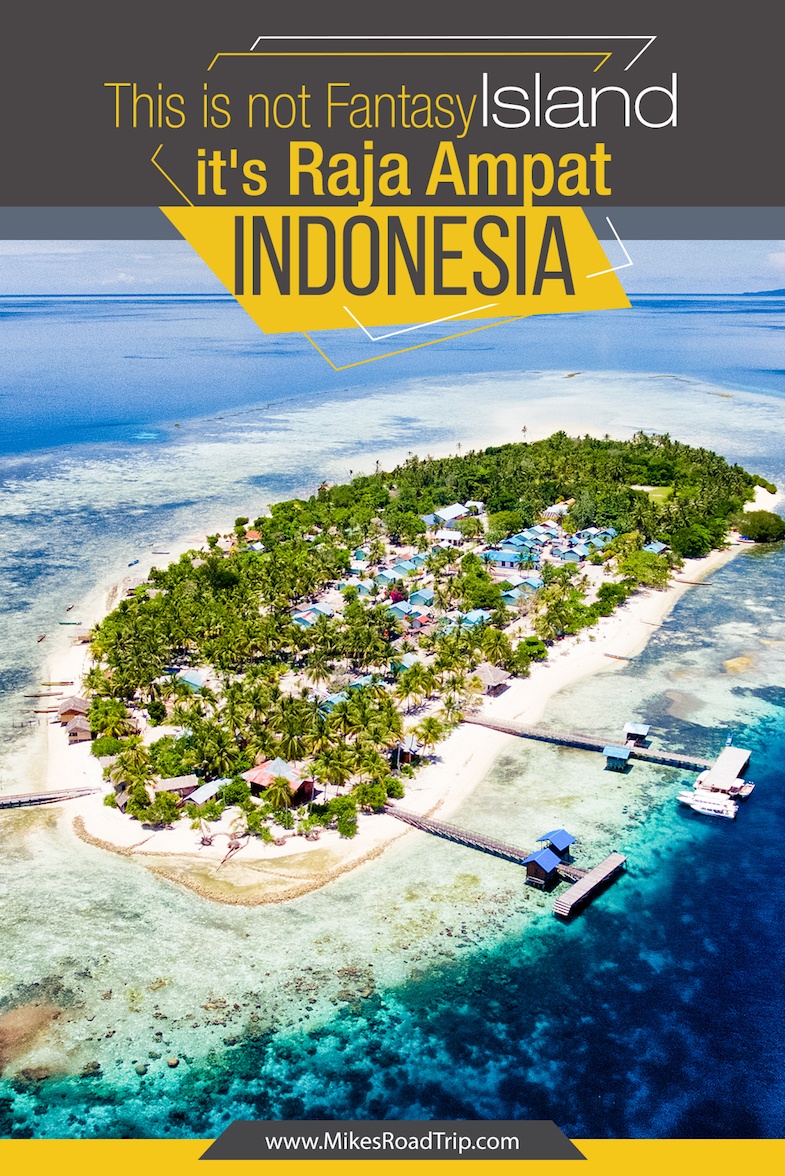

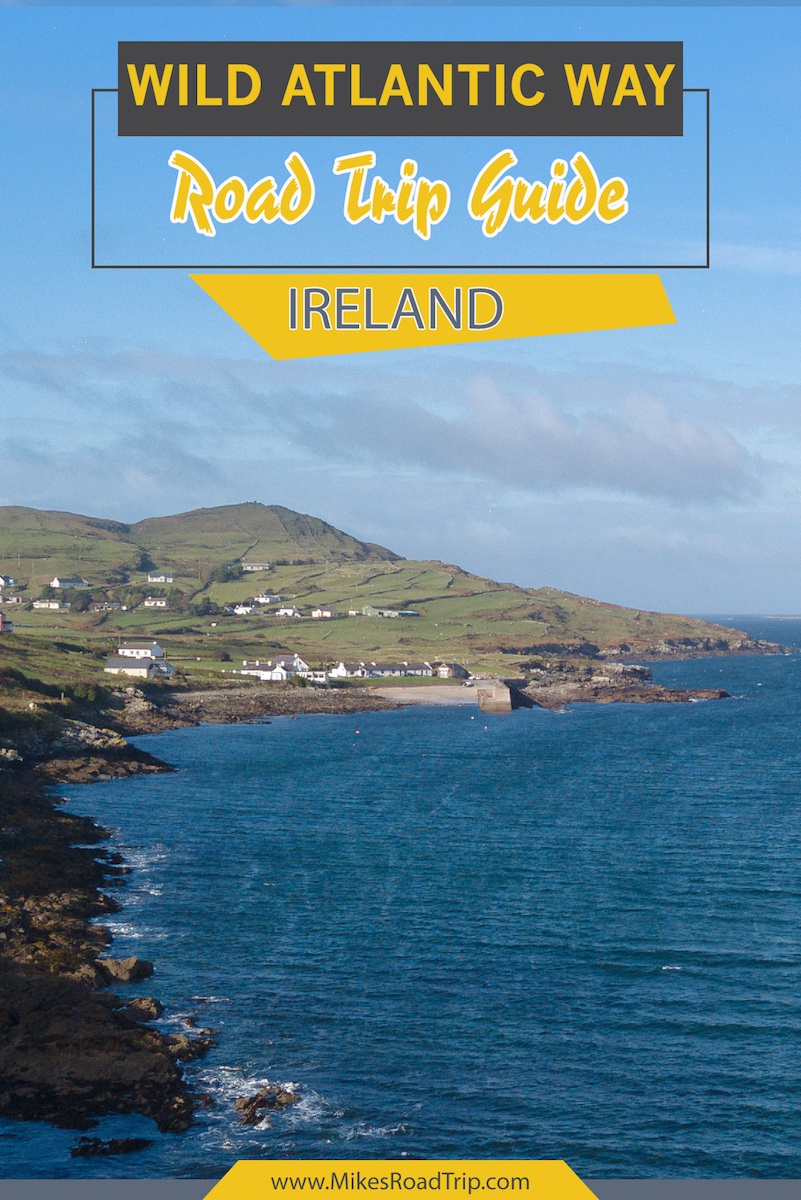


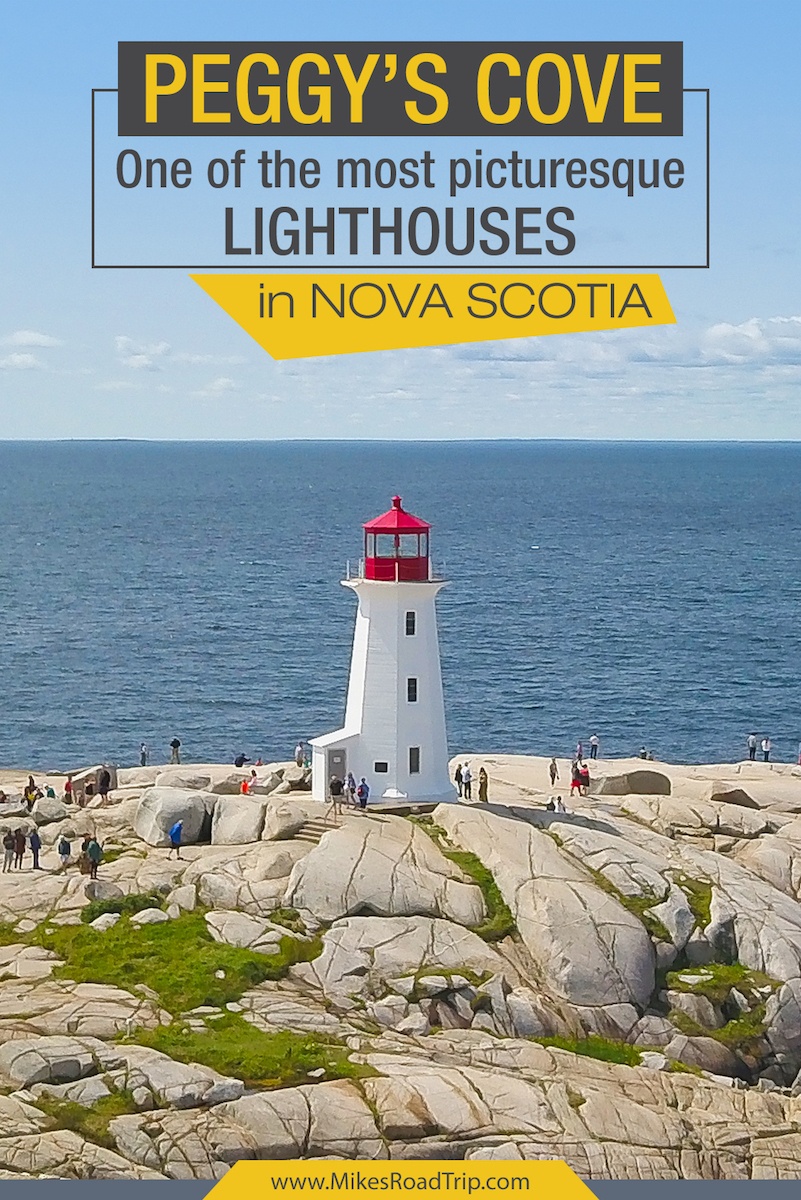


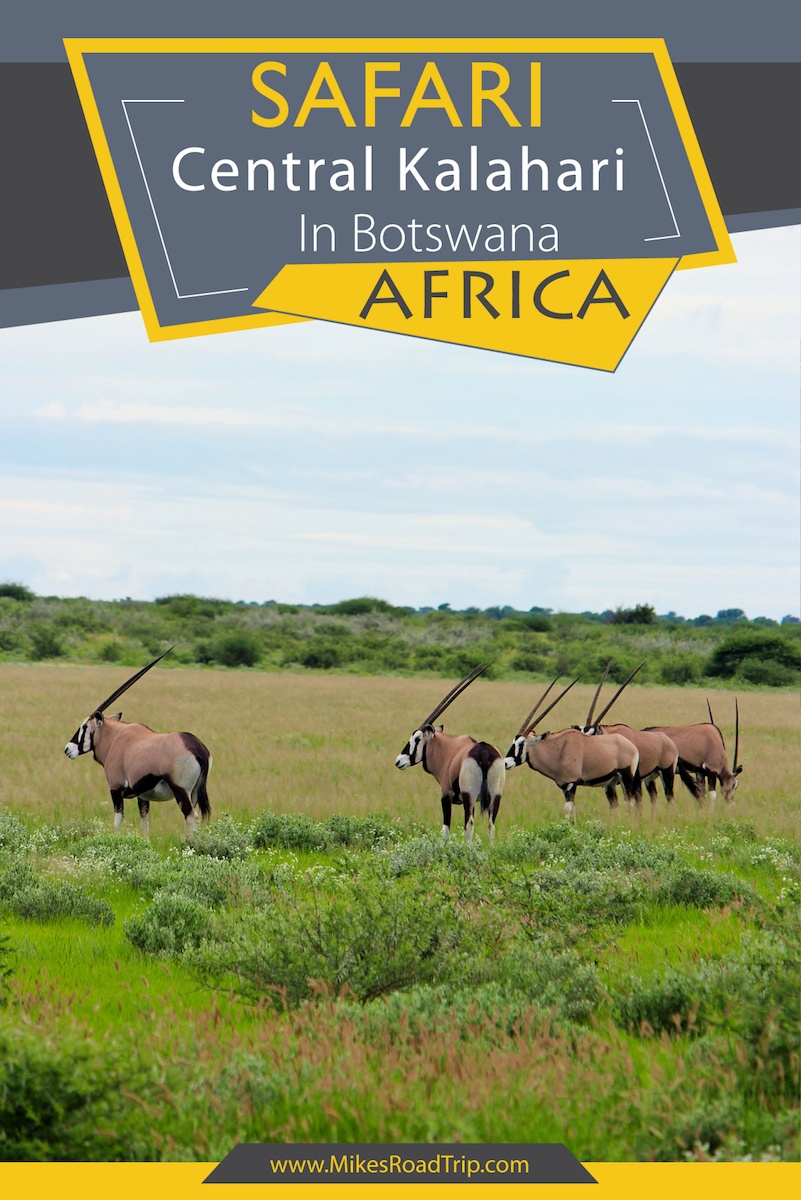
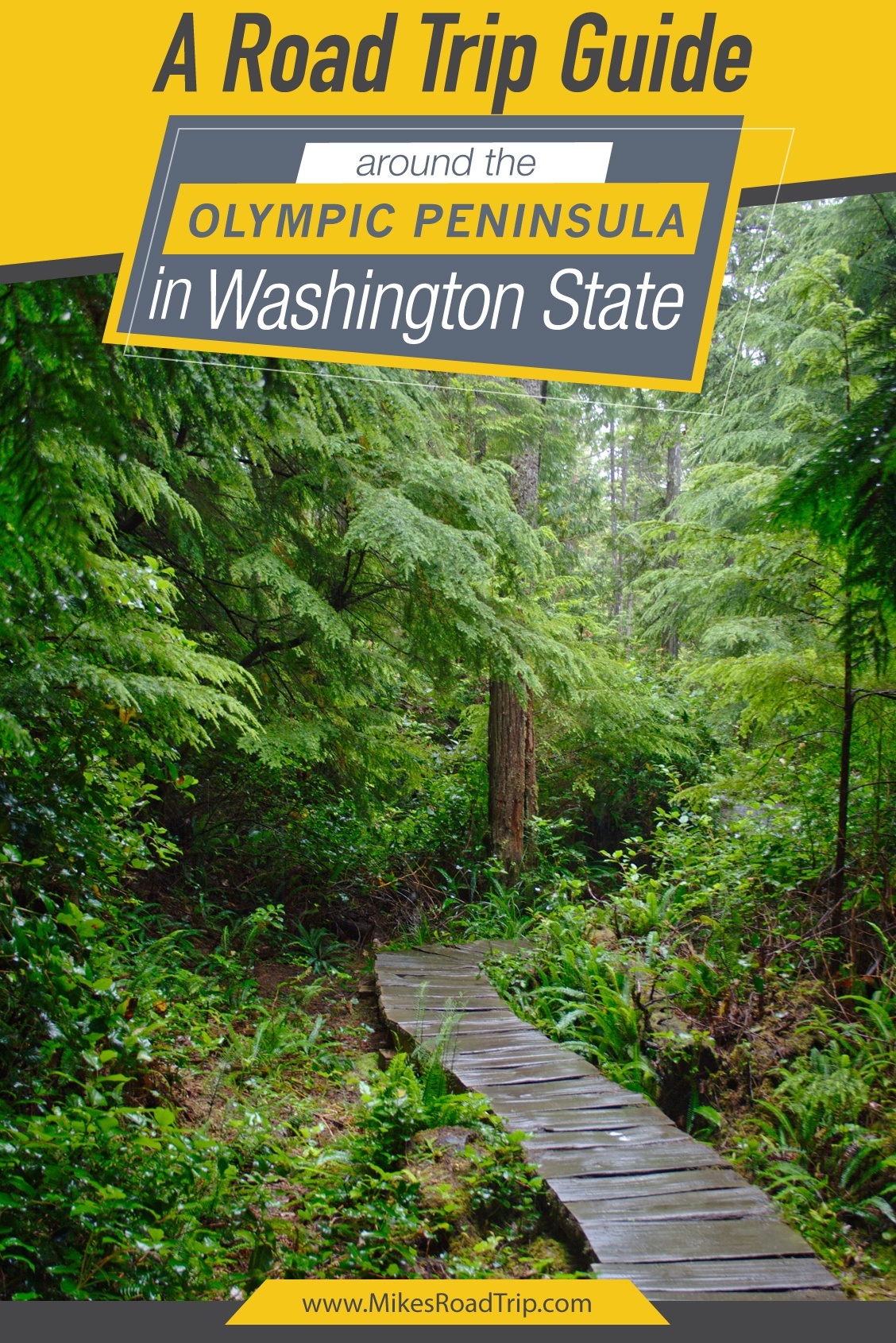

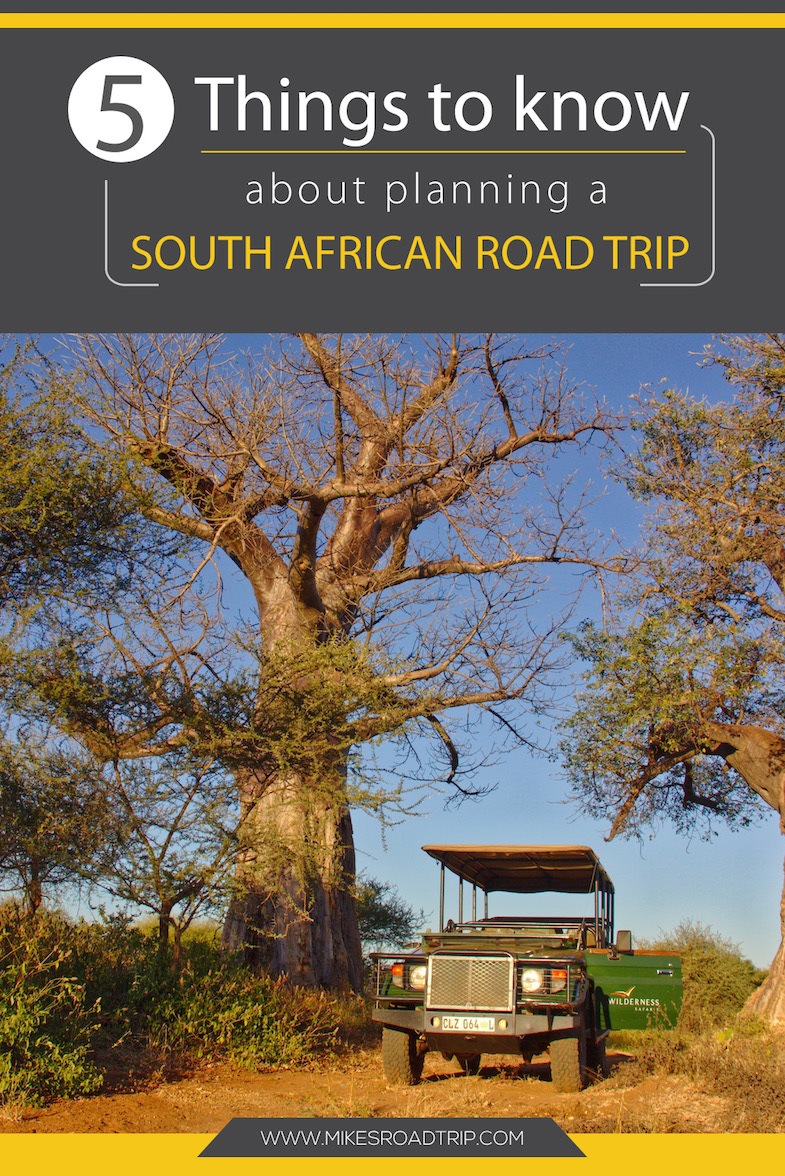
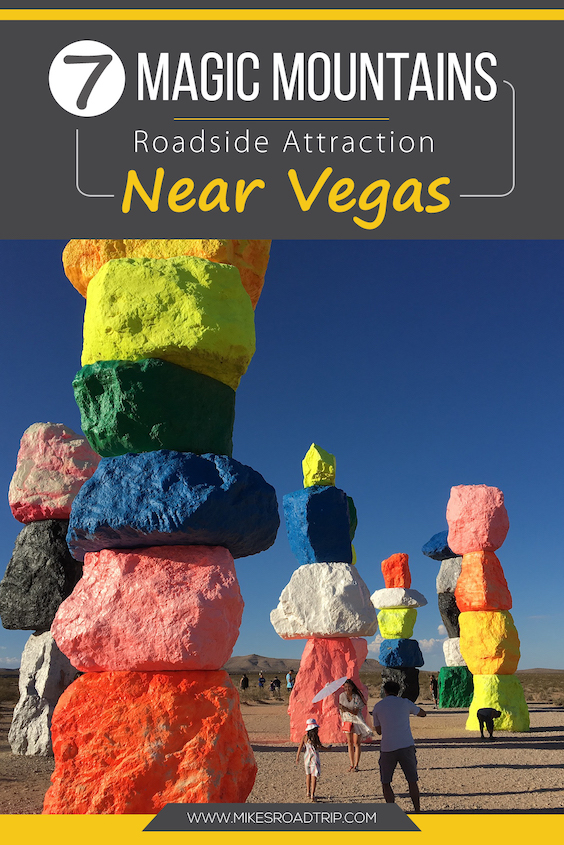
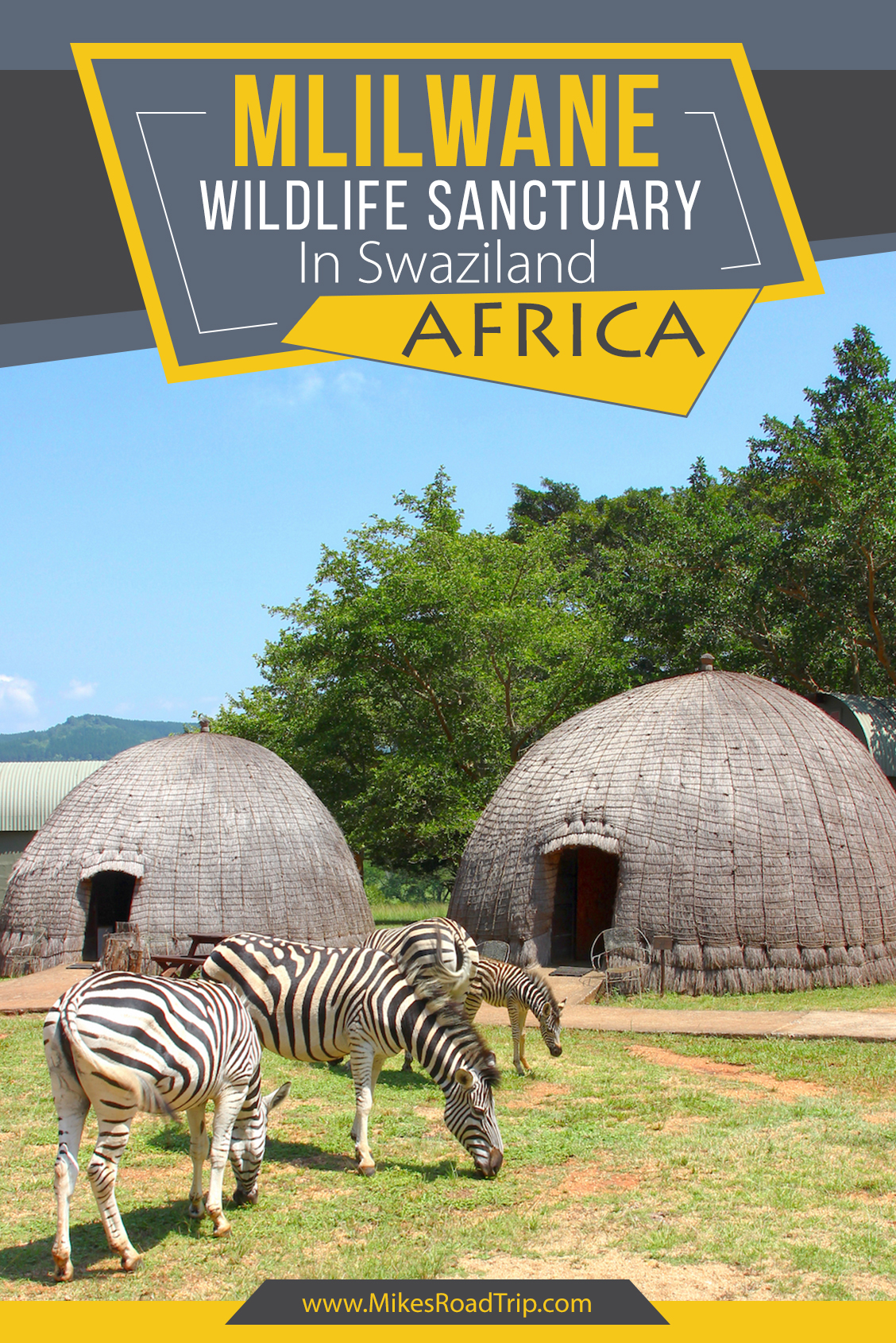


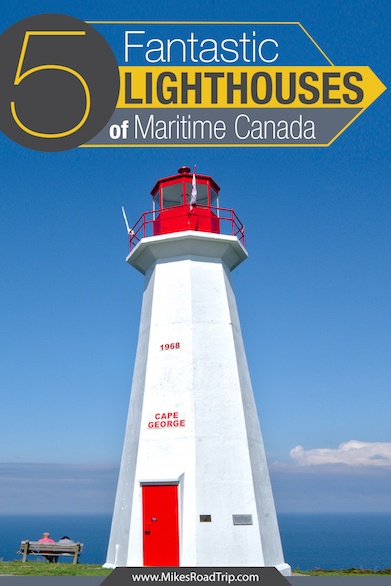

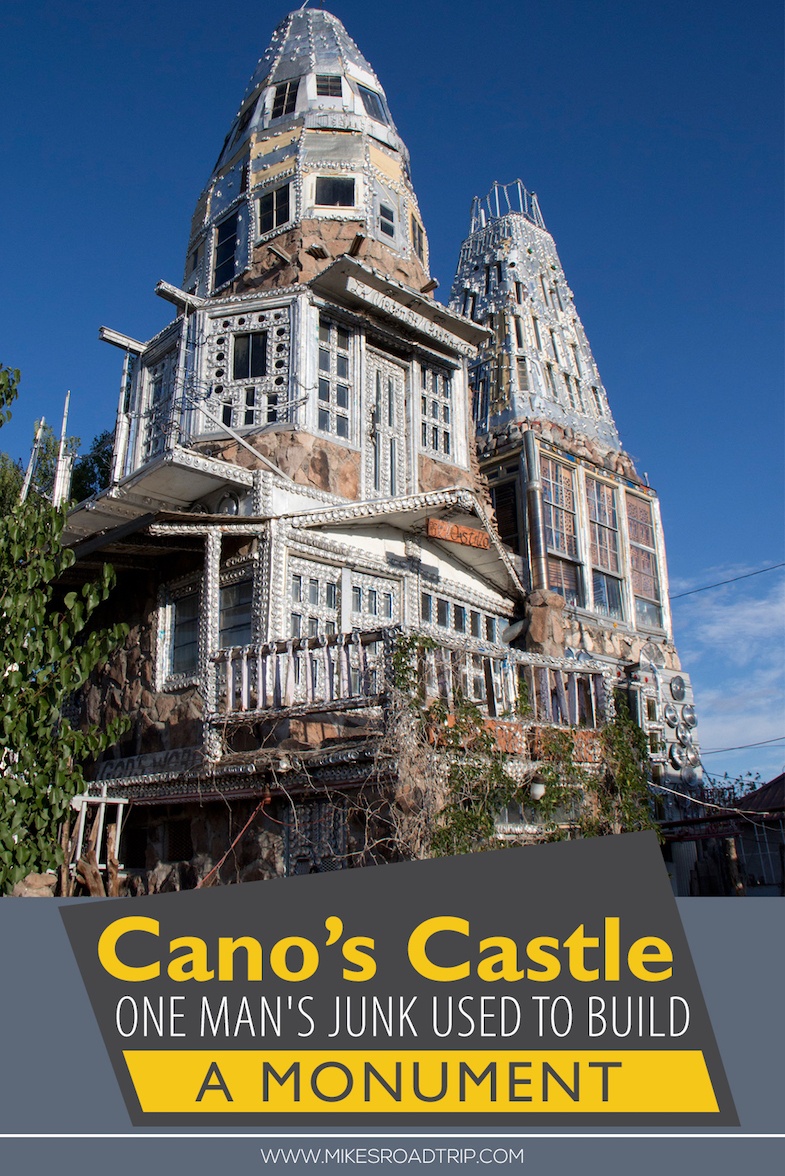
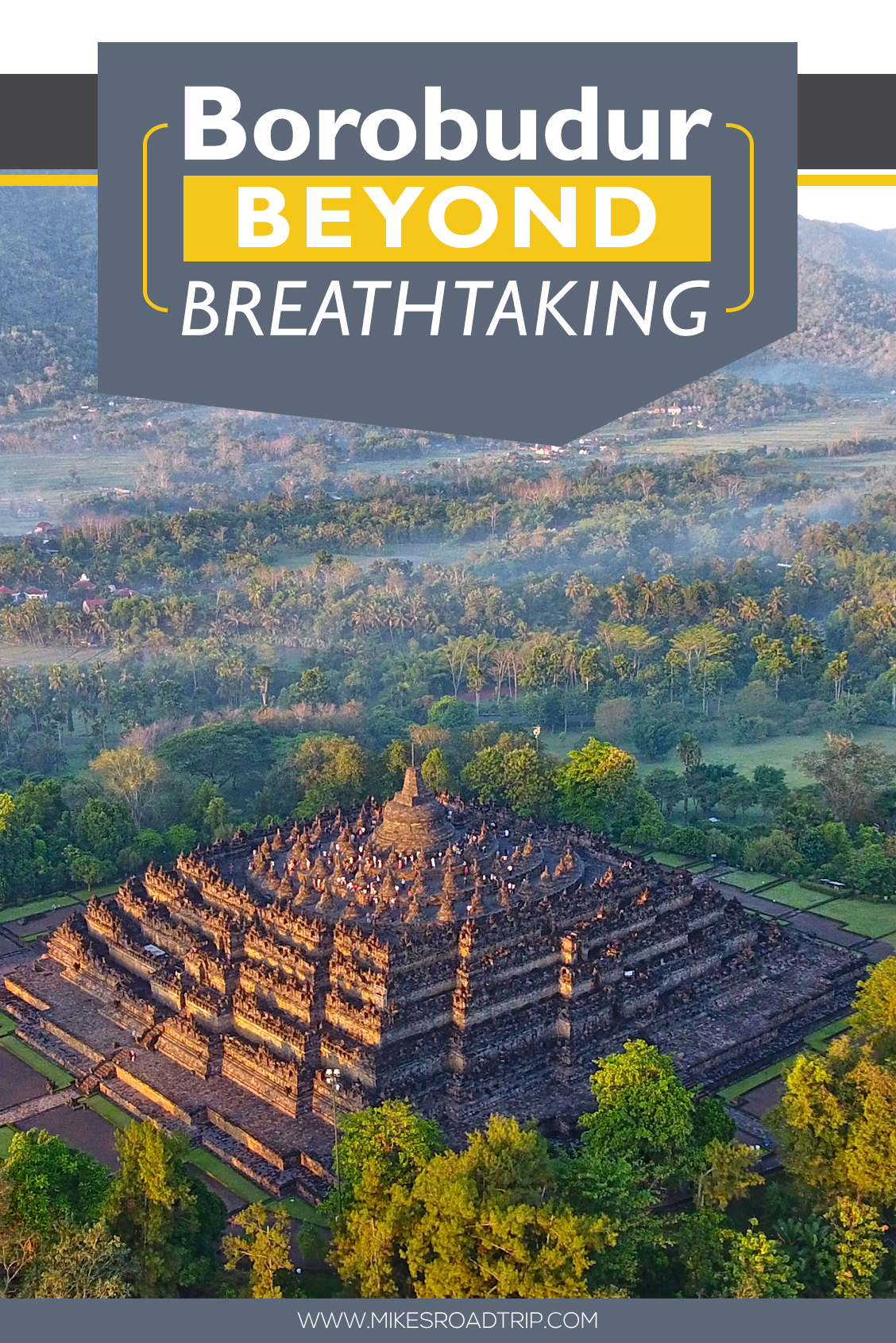
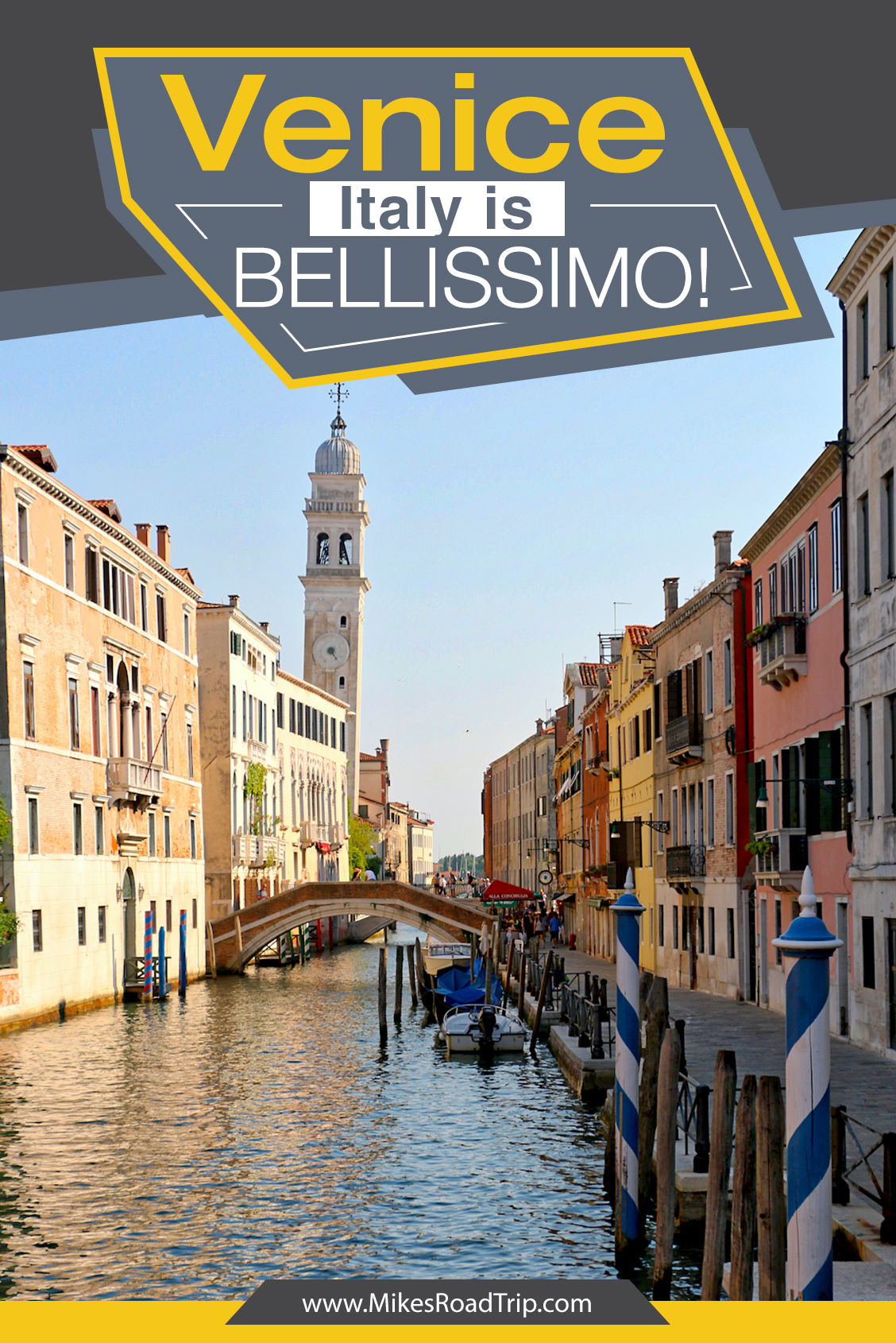

10 Comments
Well, good for foreigners because they do charge locals for the coffee tasting.
I didn’t pay nothing but people came after me was being charged, like 5 or 7 bucks I didn’t really aware.
Hi Caroline…is that right? Wow, that seems really odd. I was wondering how they make money to keep open, the only revenue streams seemed to be the civet coffee and the gift shop.
Hello! I am very glad to read your amazing article. Your explanation is very good. Thanks for sharing this information.
Great article! Is this place barrier free?
Thanks Carmen. Not sure what you mean by “Barrier free?”
I enjoyed the Kopi Luwak coffee at the Bali Pulina Coffee Plantation on two separate visits to Bali, and I especially enjoyed the beautiful scenery while drinking the coffee. I am not a coffee drinker, so I could not really give it a thumbs up or a thumbs down. I have also experienced this coffee while in Africa, but I can’t quite remember which country.
Hi Sandra, thanks for stopping by and sharing your experience…it really is a great place, even for non-coffee drinkers. Cheers, Mike
Thanks so much for the mention! 😉